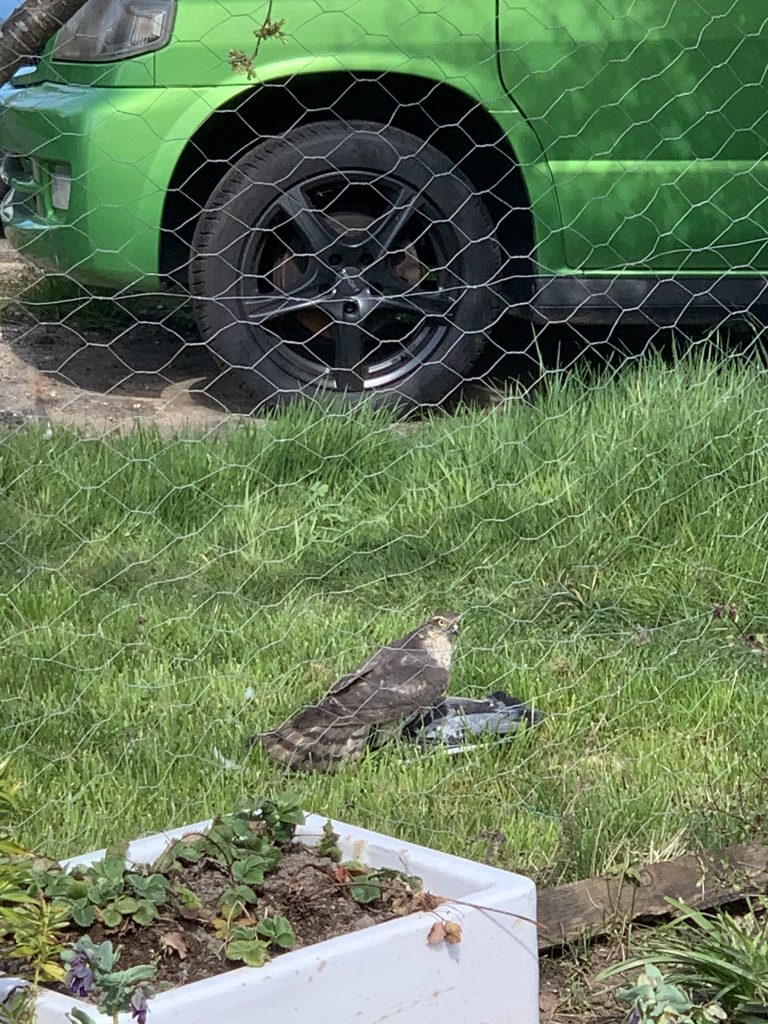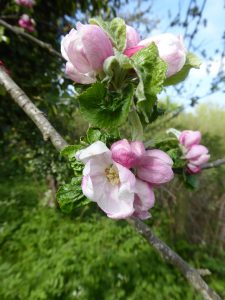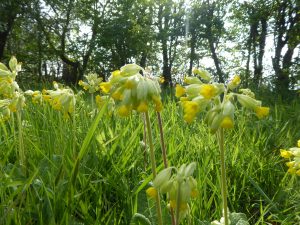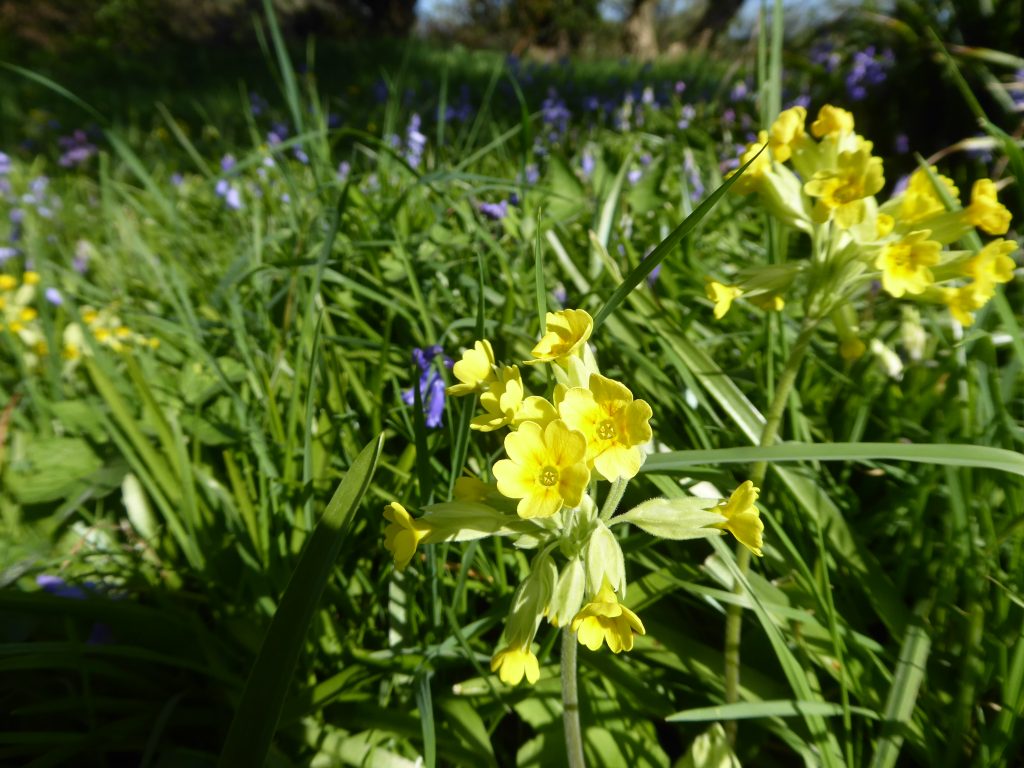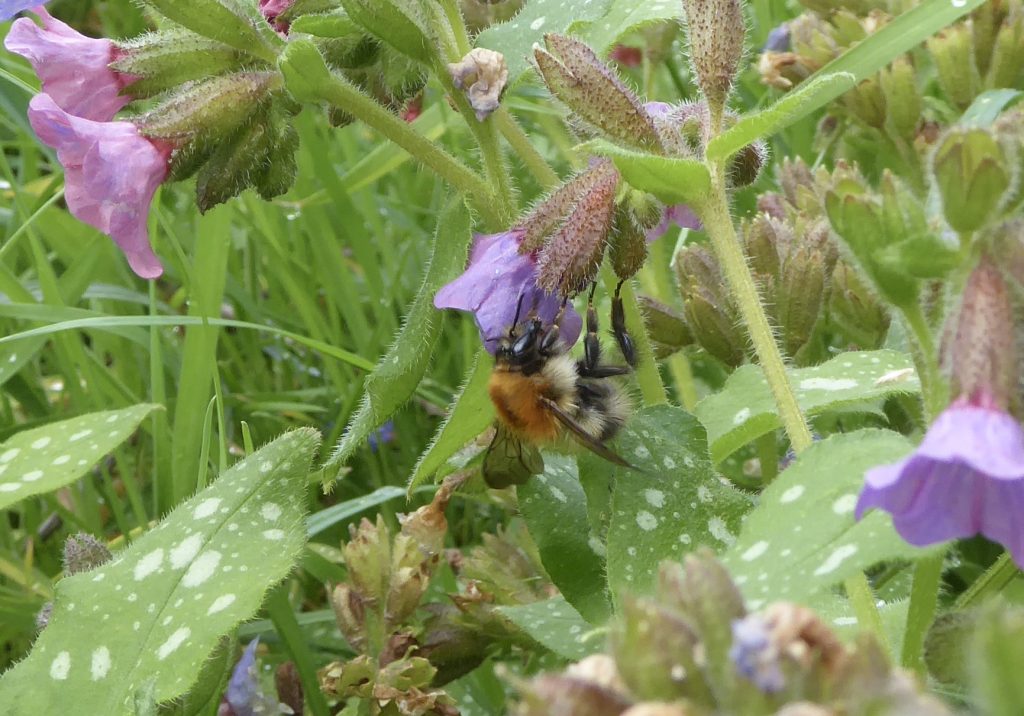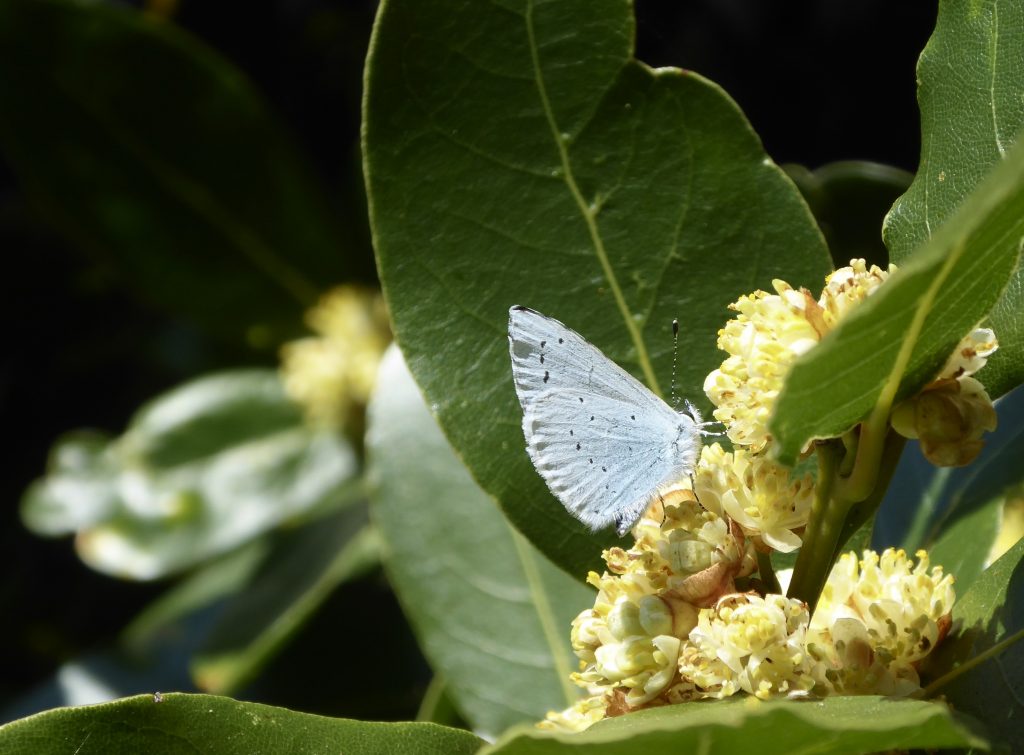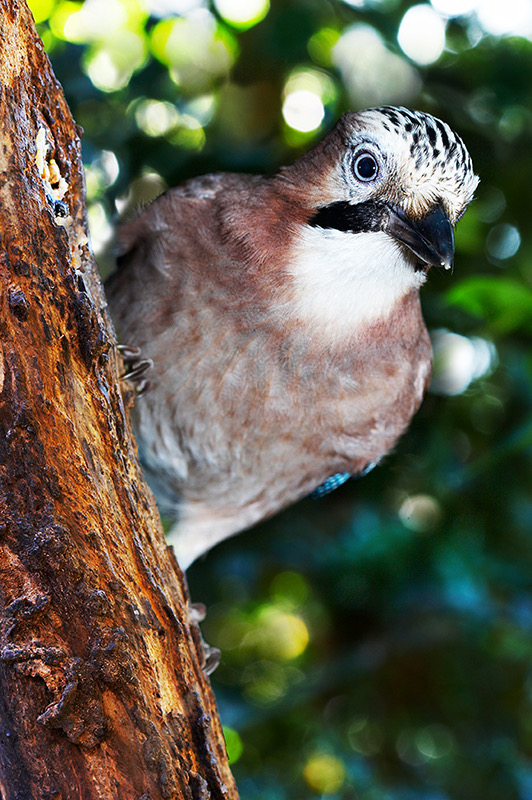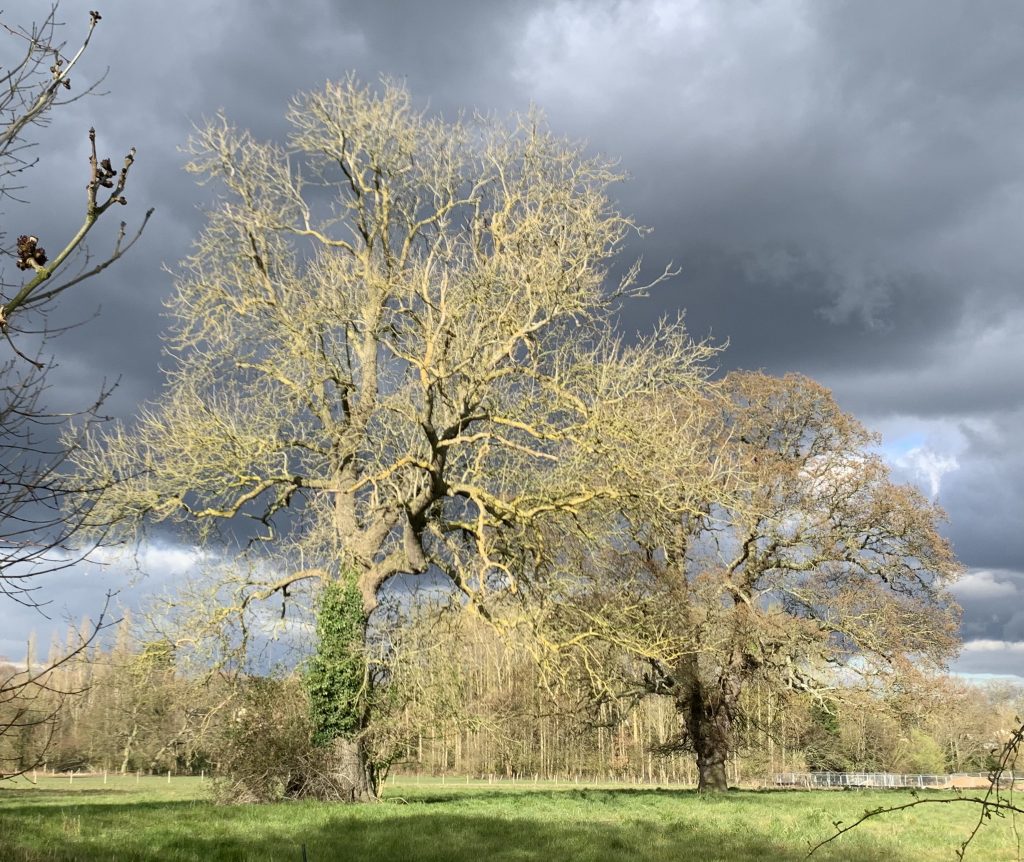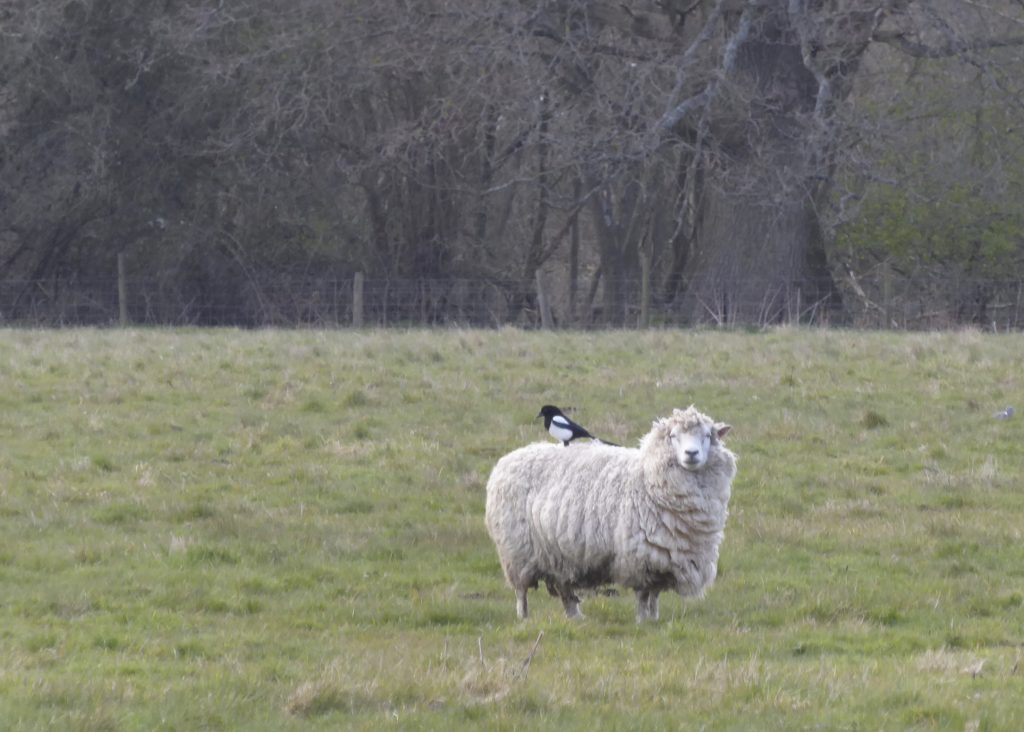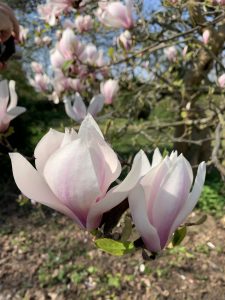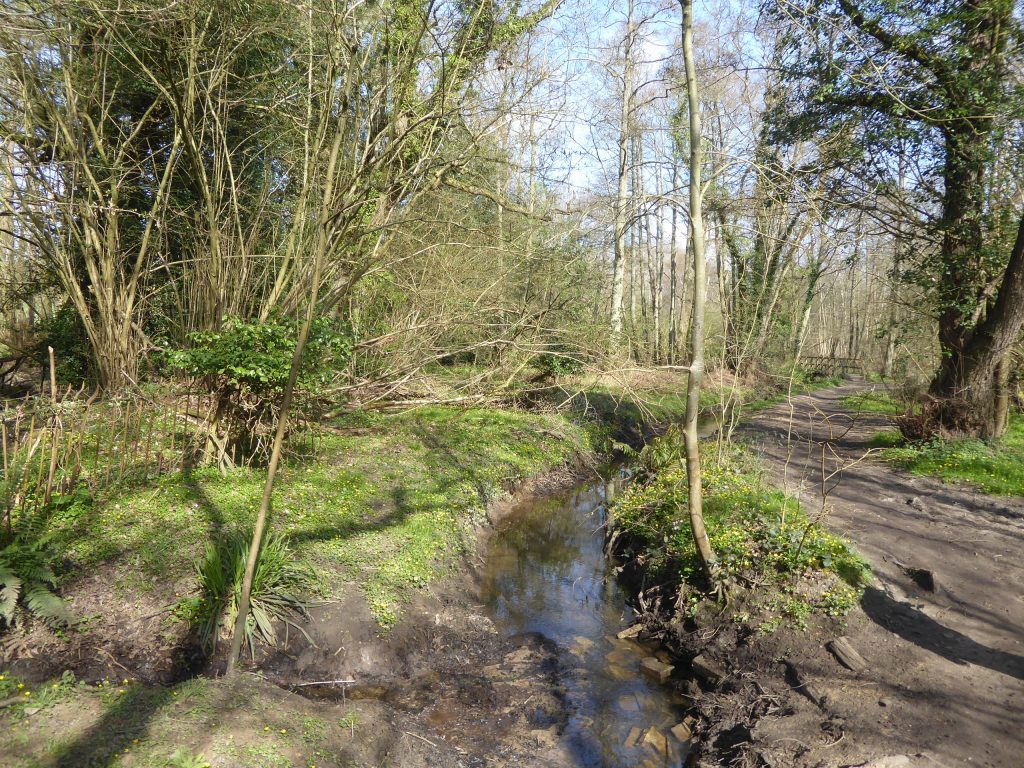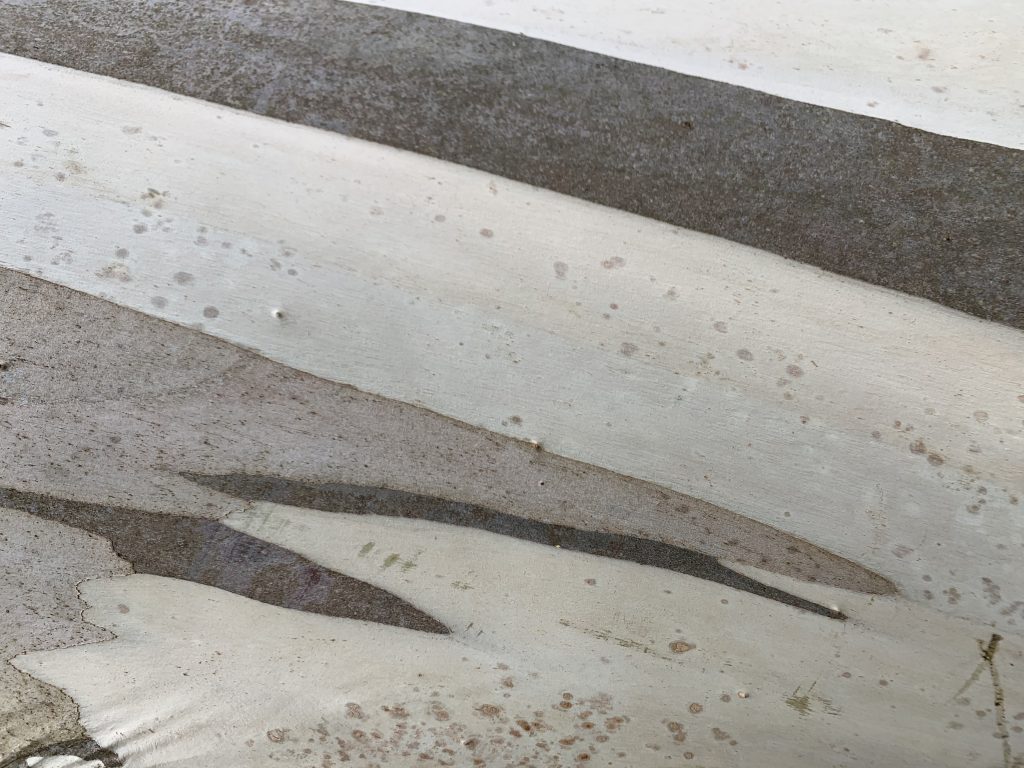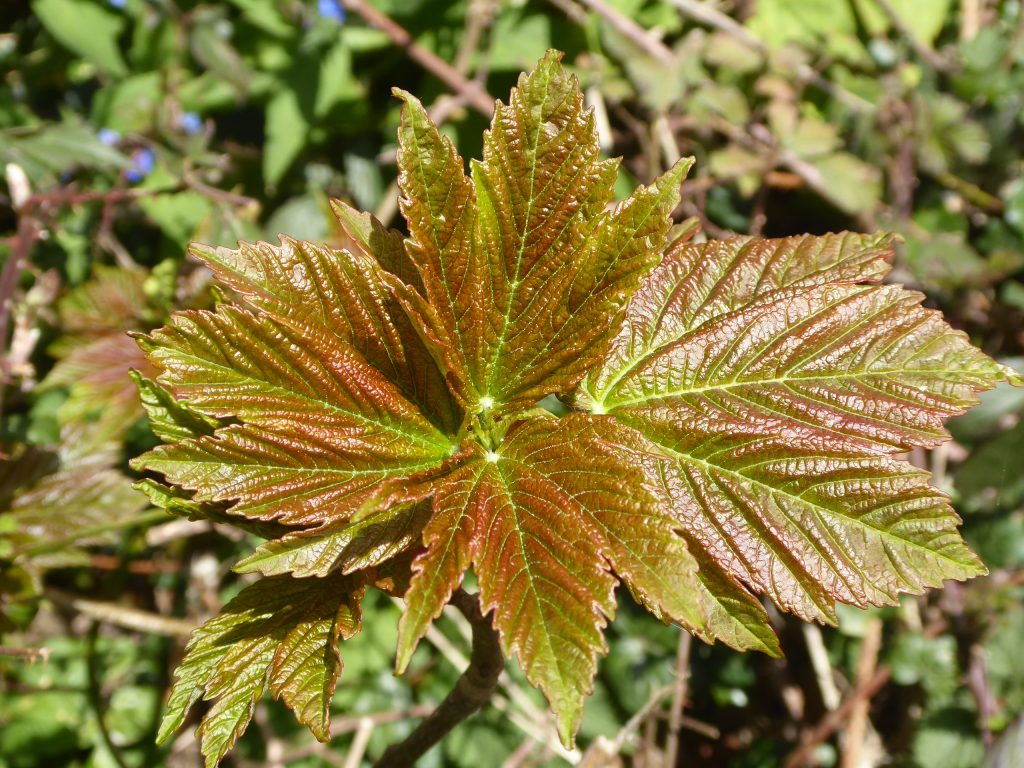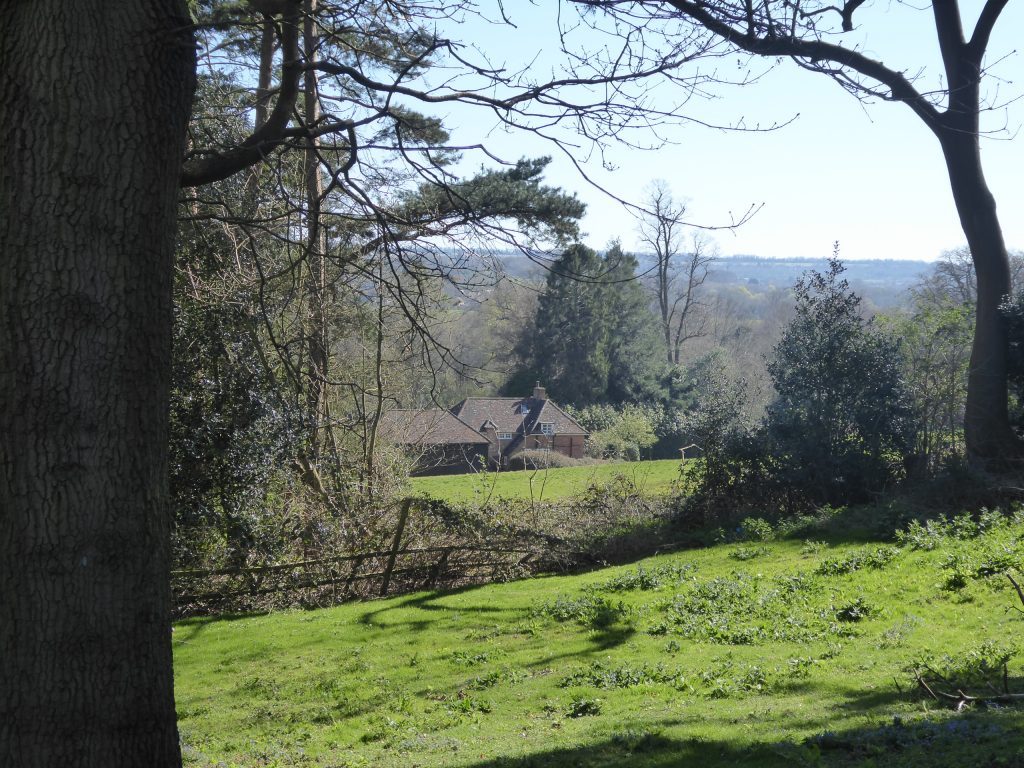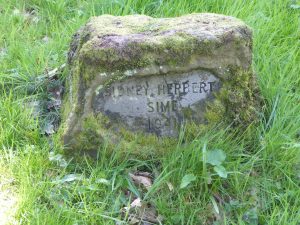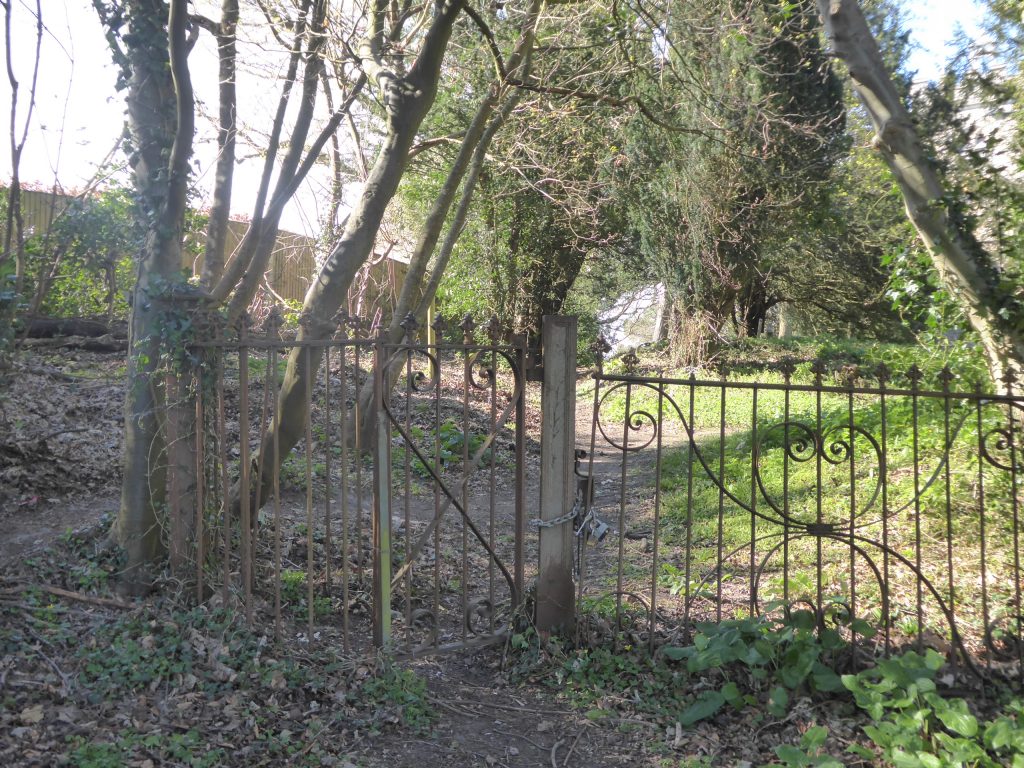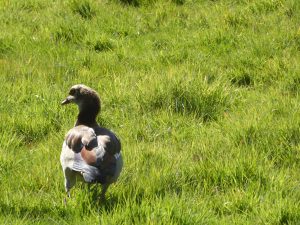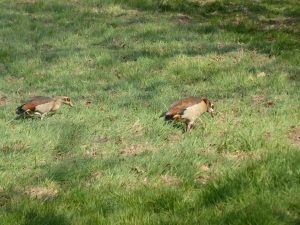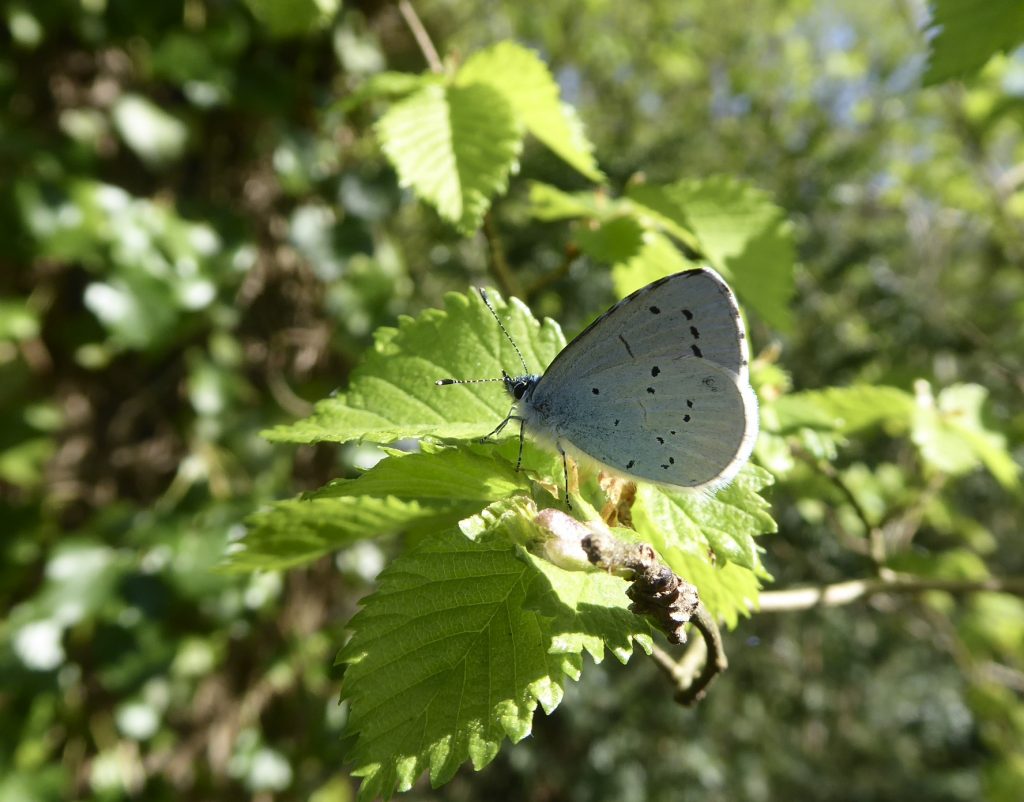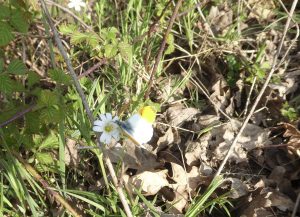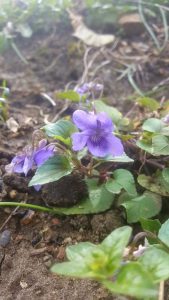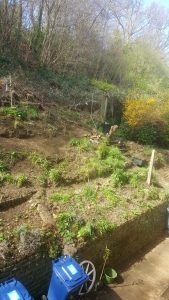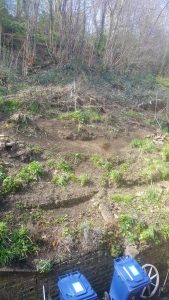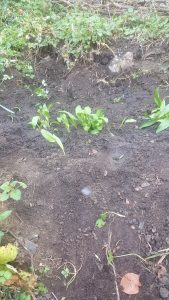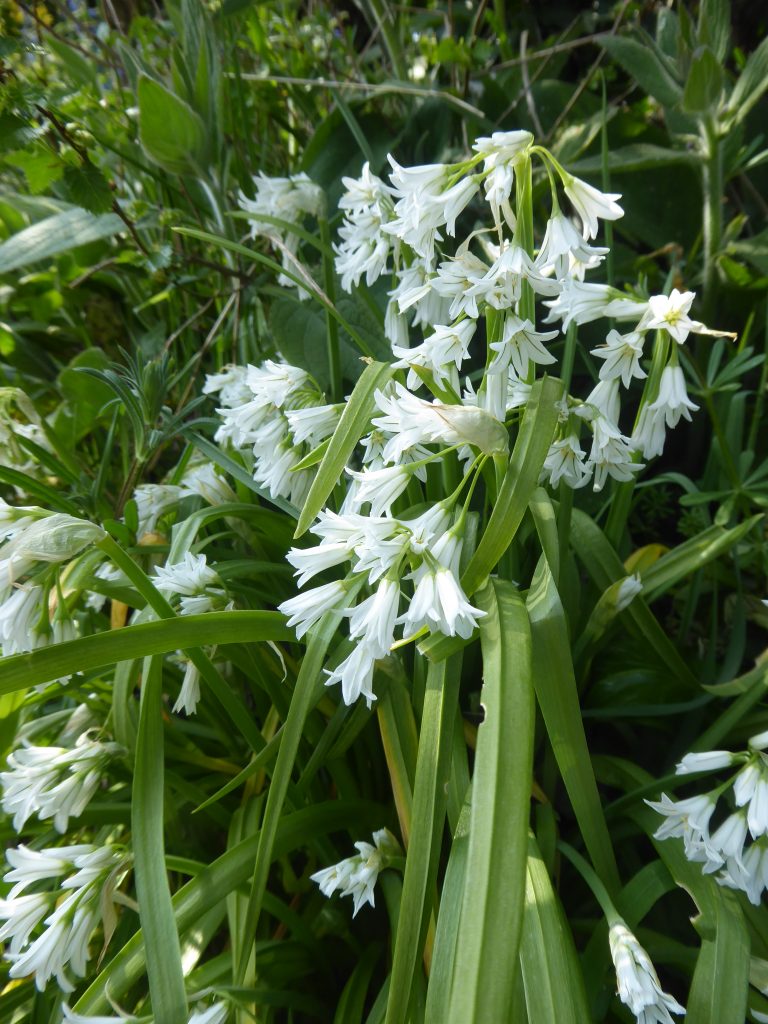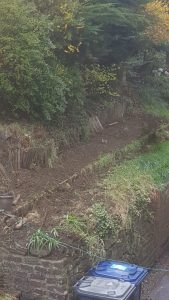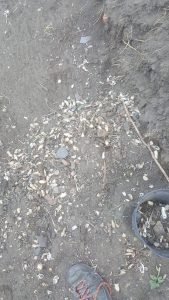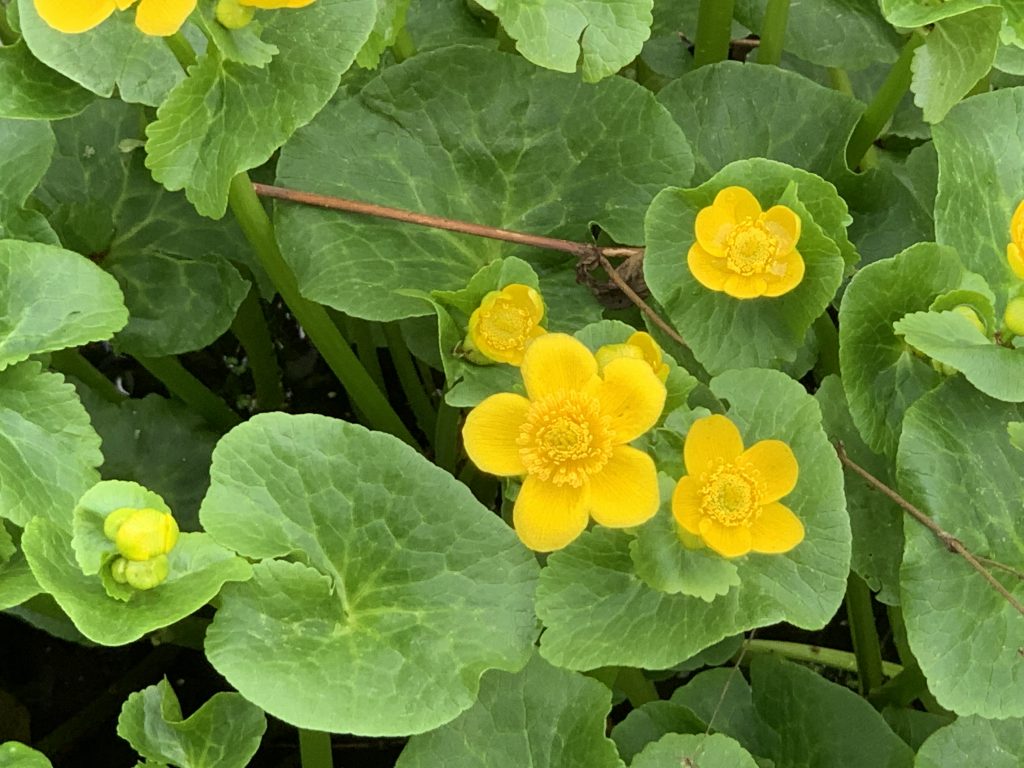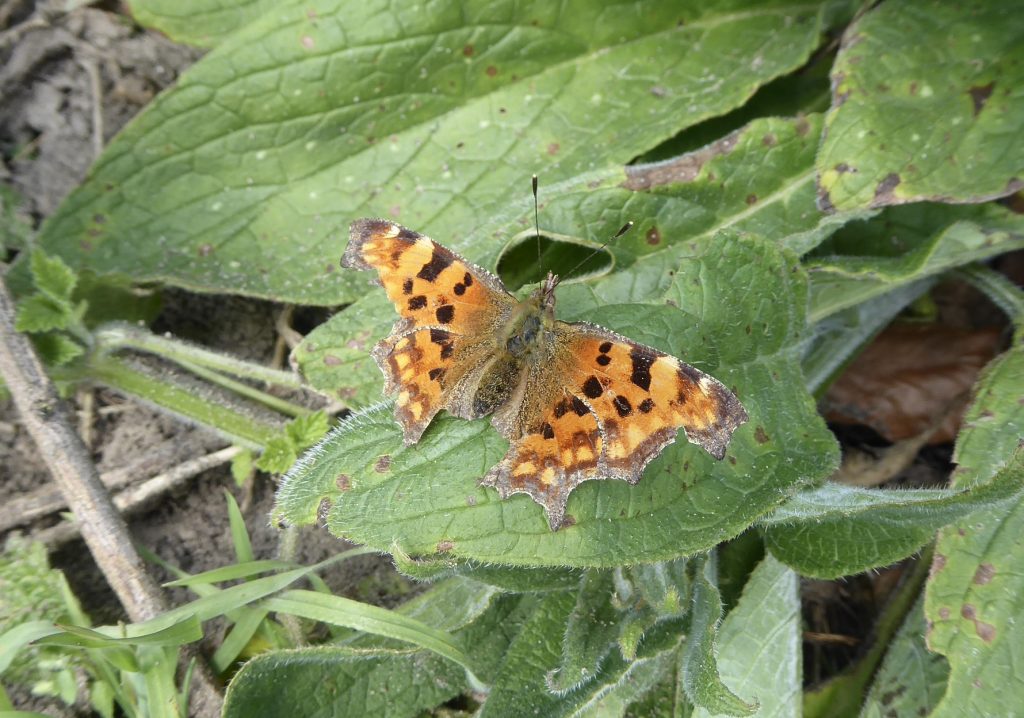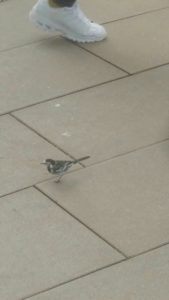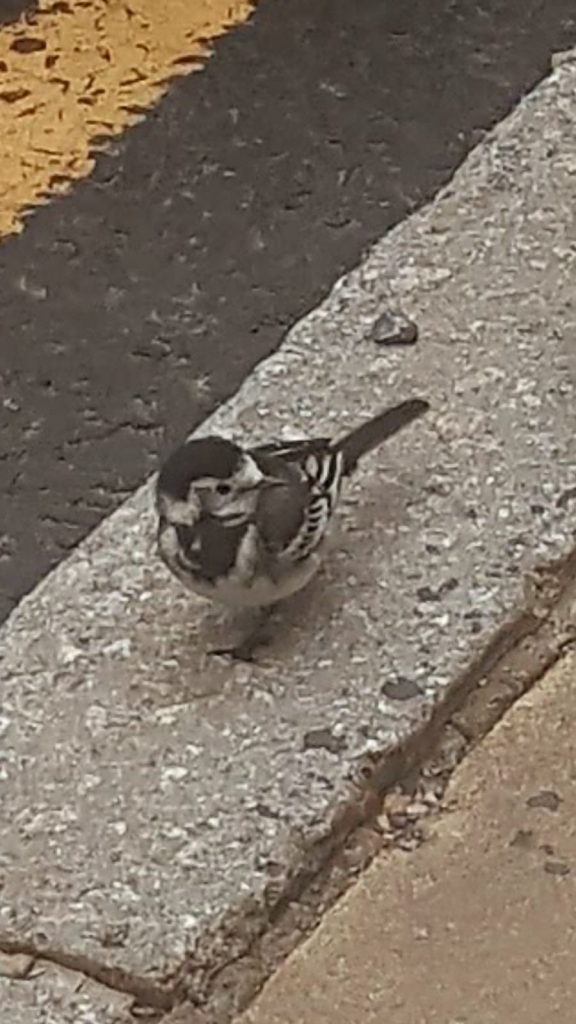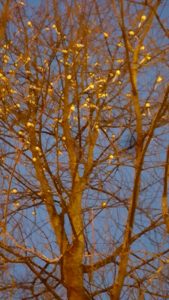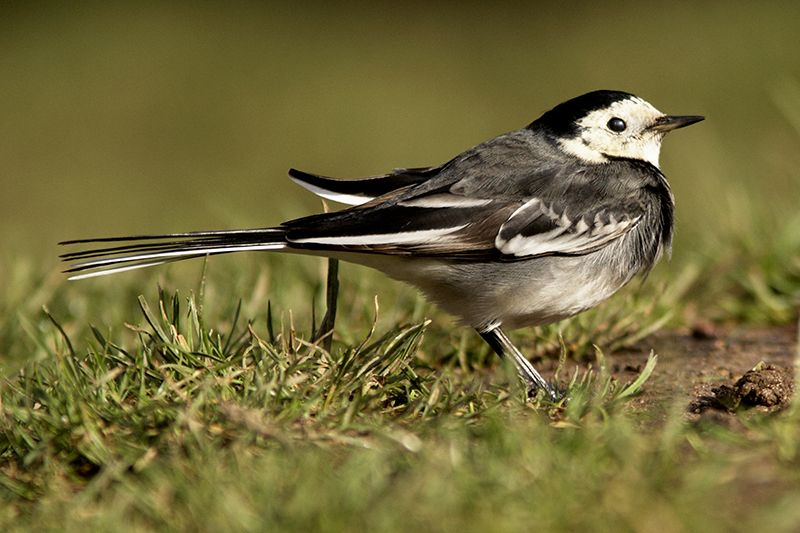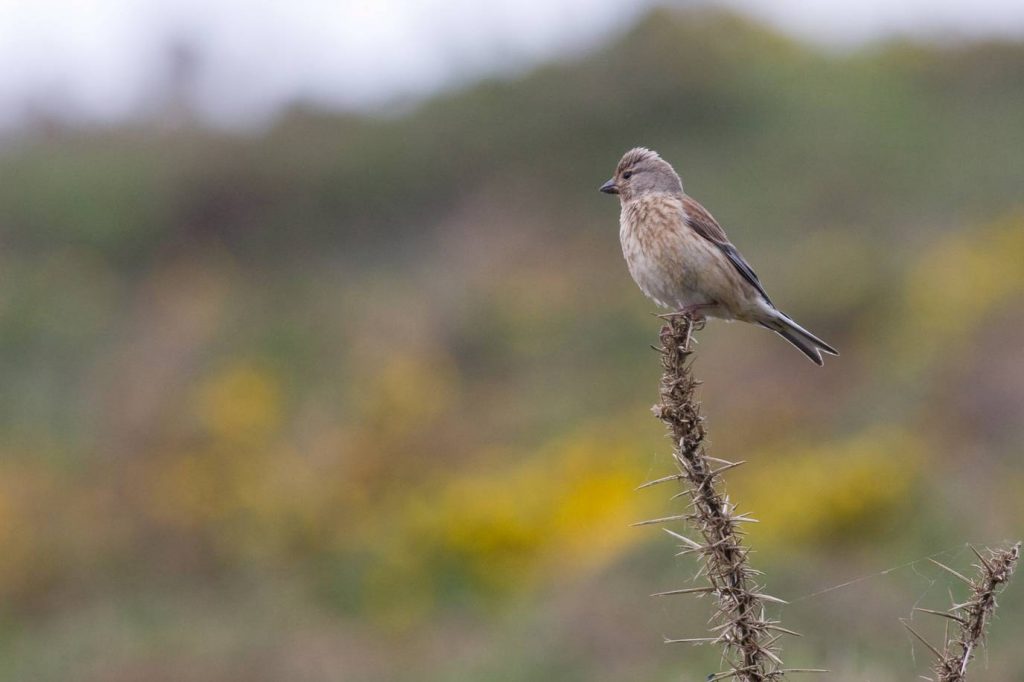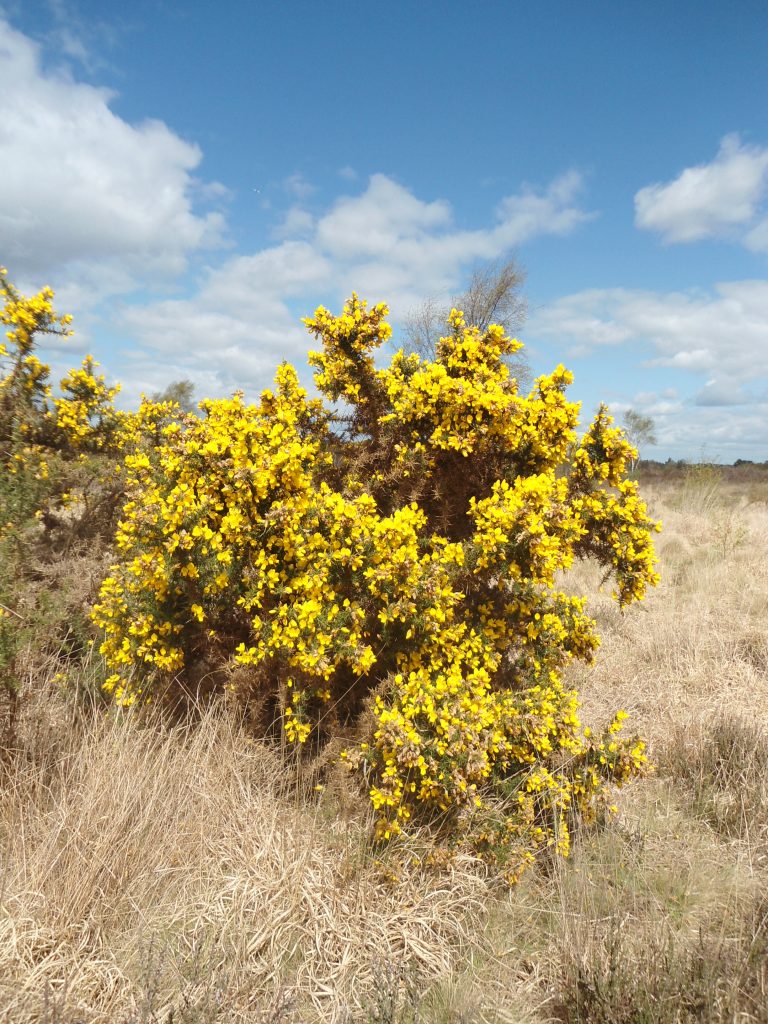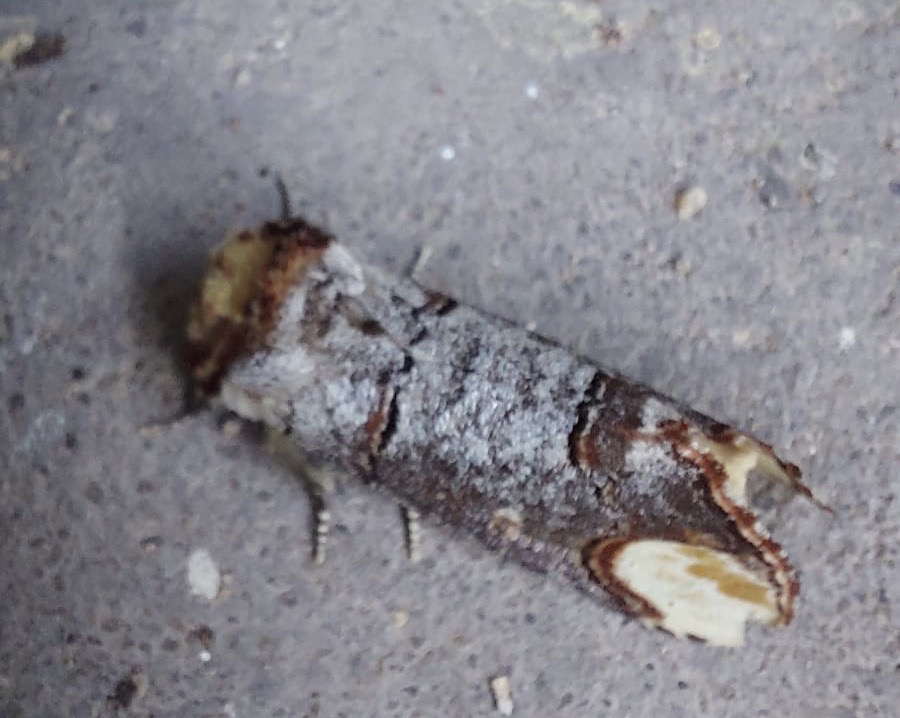
I can remember the first time I saw moths in close up and remember being amazed at the variety of sizes, shapes, colours and a whole collection of subtle shades and delicate markings that adorned their bodies. Fascinated that some of their English names are what I can only call funny particularly in my 14-year-old mind.
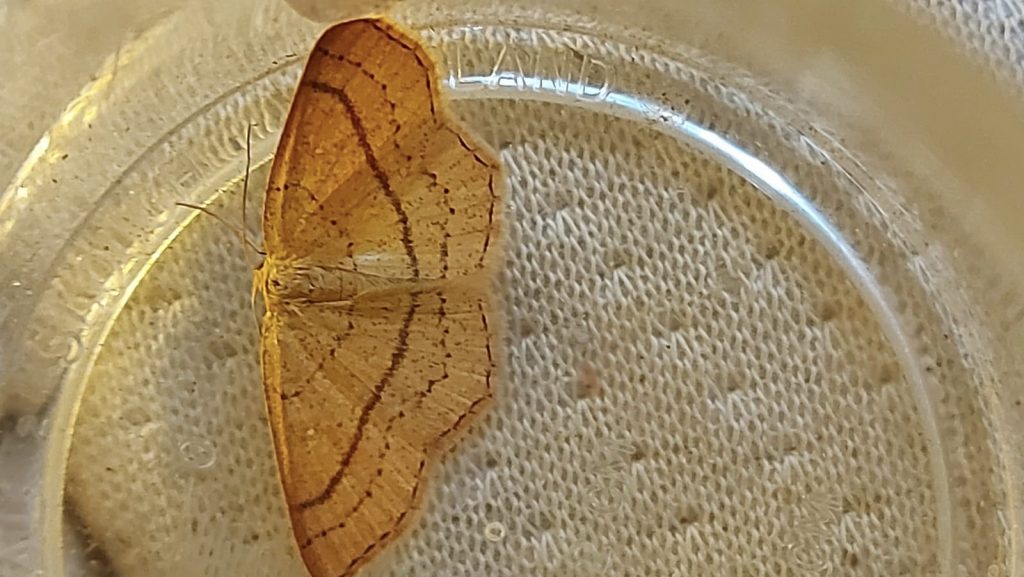
I was instantly fascinated by this amazing group of insects and coincidentally returned to work at the site where I had first witnessed them a few years later and my interest grew stronger as I regularly dealt with the contents of a moth trap.
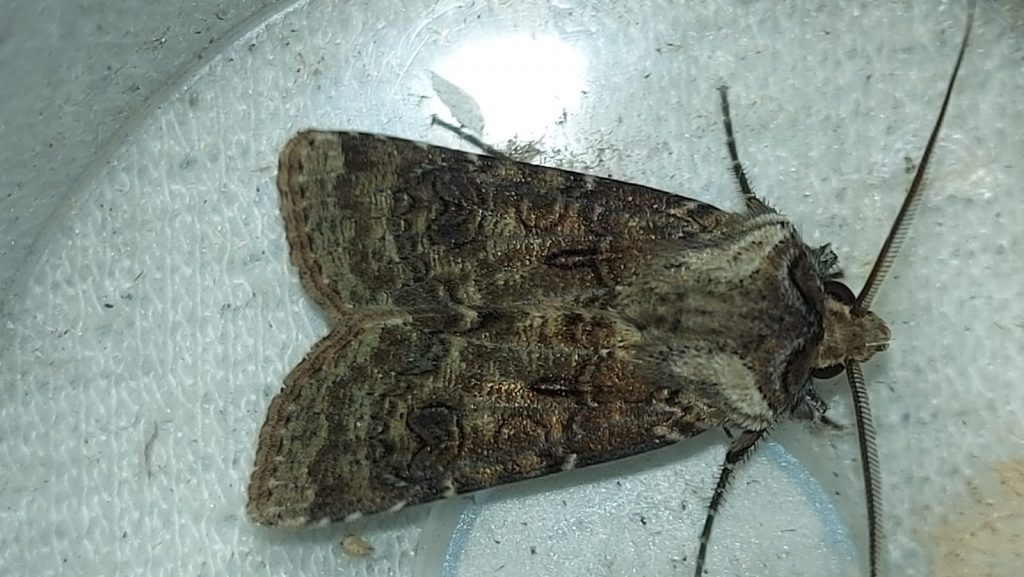
You’ve all probably heard how moths are described as dull and boring looking and how quite a number of people are actually scared of moths. From what I can make out about human nature this fear is more about the fear of the dark than it is about fear of a small nocturnal flying insect. Yes, moths will bump into your head and face when you light up your mobile but they will not hurt you in the slightest. I’ve seen too many moths get needlessly killed by over nervous humans.
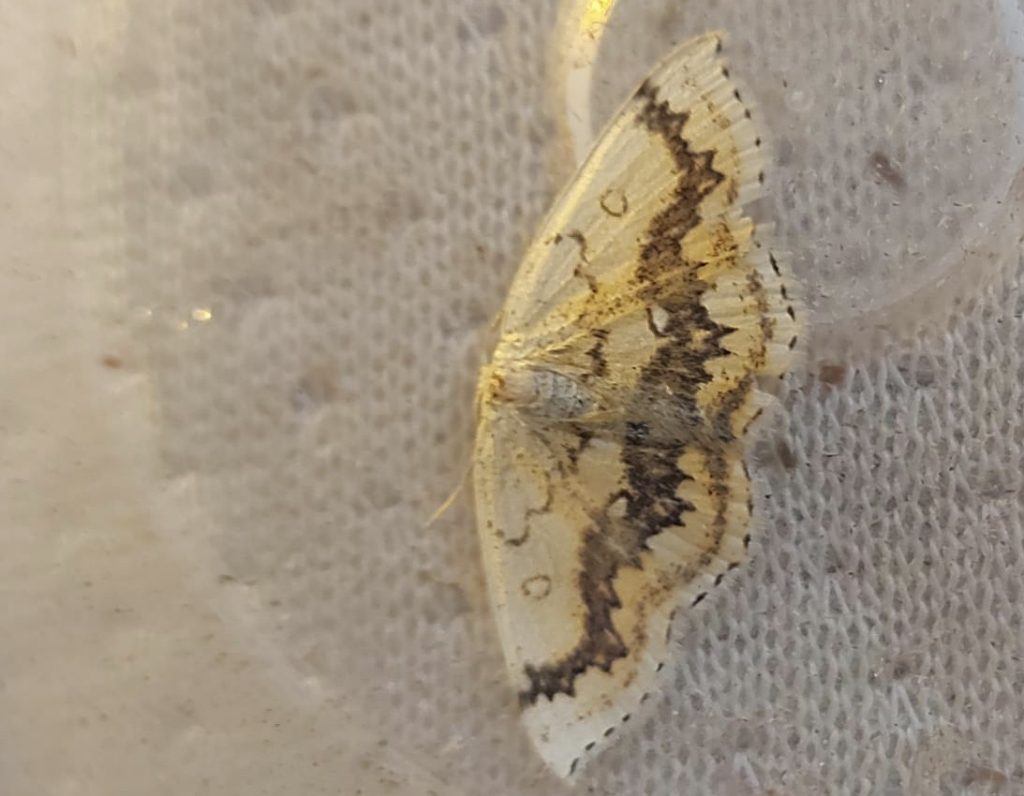
Moths and their relatives butterflies are good indicators of the health of an area and like their more familiar cousins, moth numbers have been falling in the last 50 years due to loss of habitat and the intensification of modern agriculture, an unfortunately familiar story. There have been however some additions to the UK list with the warming of our climate, that has encouraged European species to colonise. A few species have also reached our shores by arriving in food and plant products and managed to colonise and establish themselves which can cause a few issues.
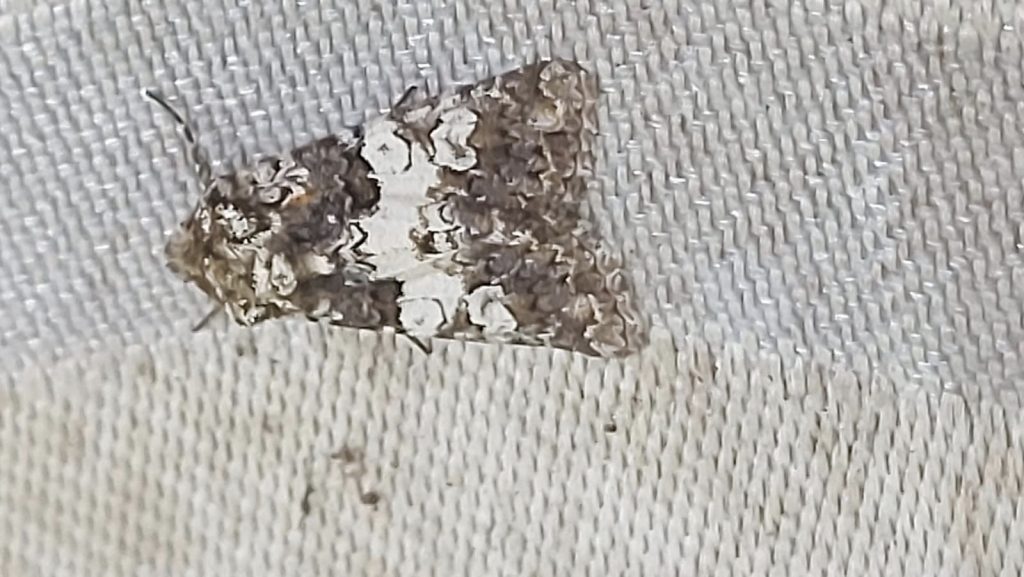
The total number of species in the UK is roughly about 2,500. Of these about 1600 are micro and pyralid moths. These are generally very small, often with very well marked patterns on their bodies and wings. Many of them don’t have English names and some are so difficult to identify that the only way to truly identify them is by dissecting their genitalia. Not something I have ever done myself but it shows the intricate nature of this group.
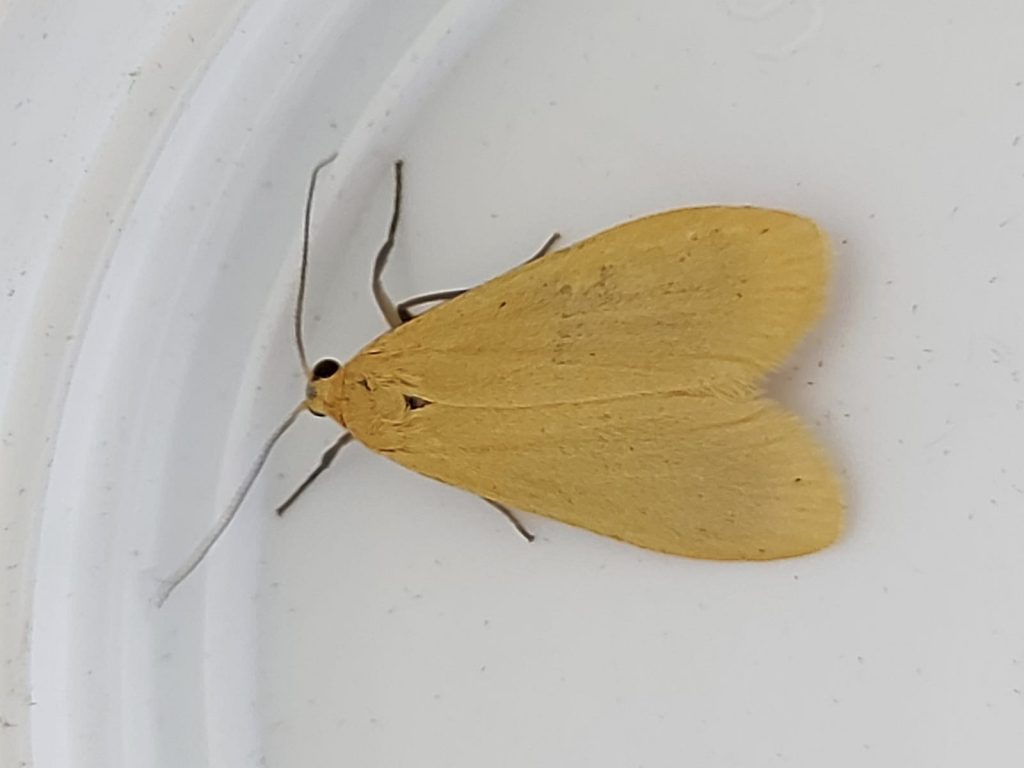
I personally have only started to look at this group of smaller moths in recent times and am realising, again, just how much more there is to learn.
The larger moths are known as macro moths and there are about 860 here in the UK and these will be the type of moths that people are more familiar with as many have distinctive patterns and colours. These patterns fade as the moth gets older and sometimes they are so abraded they are impossible to identify. Adult moths don’t live much more than a week as after they emerge from the cocoon they dry off and, immediately, there sole aim is to reproduce with maybe some feeding as well!
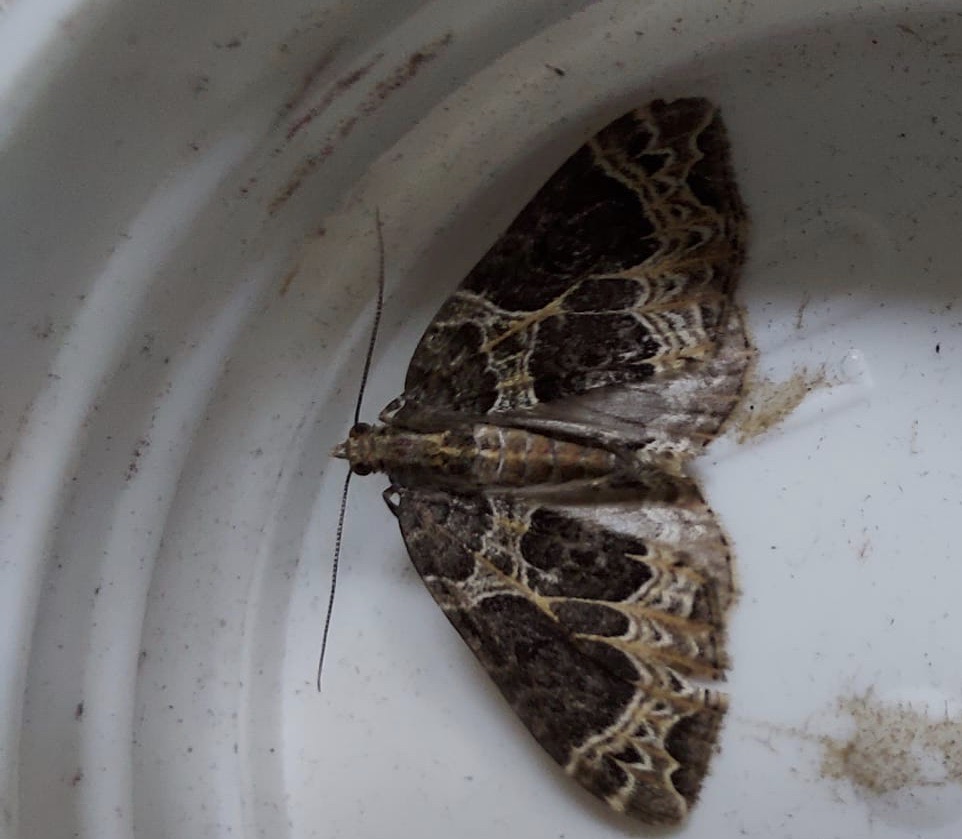
The nocturnal nature of most moths is one their intriguing habits and some species, that fly later in the year, even have what can only described as a fur coat to protect them from cold nights
Not all moths are nocturnal and some day flying moths are very striking like the common Cinnabar and the impressive Hummingbird Hawkmoth which as its name suggests, does resemble a hummingbird feeding and I was truly delighted when one paid a two-minute visit to my reserve a couple of weeks back and fed quickly on the Red Valerian that I had planted to try and attract them to the area. Sometimes plans do come together!
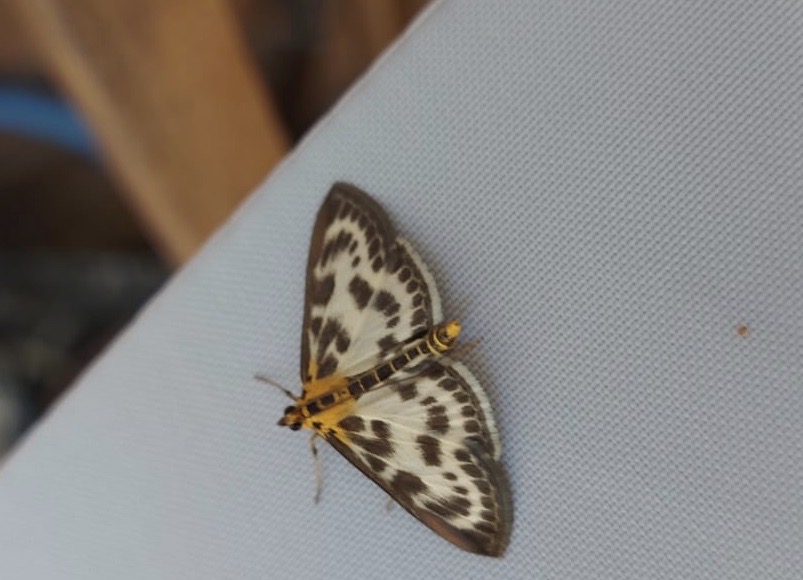
The people who do not like moths may not be aware of the vital role they play in habitats where they occur. Like many insects that feed on nectar, moths provide a valuable service of pollinating the plants that they feed on. As most species are nocturnal, this service is all carried out in the darkness and not realized by most humans. They are also a vital part of food chains and many moth caterpillars are taken by birds and a good example of this is one of the micro moths called Green Oak Tortrix. The caterpillars of this species are eaten by many small birds in an oak woodland habitat and it has been calculated that many of these bird species rely on these caterpillars to raise their young. If you have ever seen a Blue Tit in spring at a nest box, you may notice the little green caterpillars are often the most numerous food item. This shows the vital role that moths play in the ecosystems around us.
Being nocturnal moths are not easy to observe and apart from disturbing them from vegetation you don’t get to see them often unless of course you happen to have a moth trap.
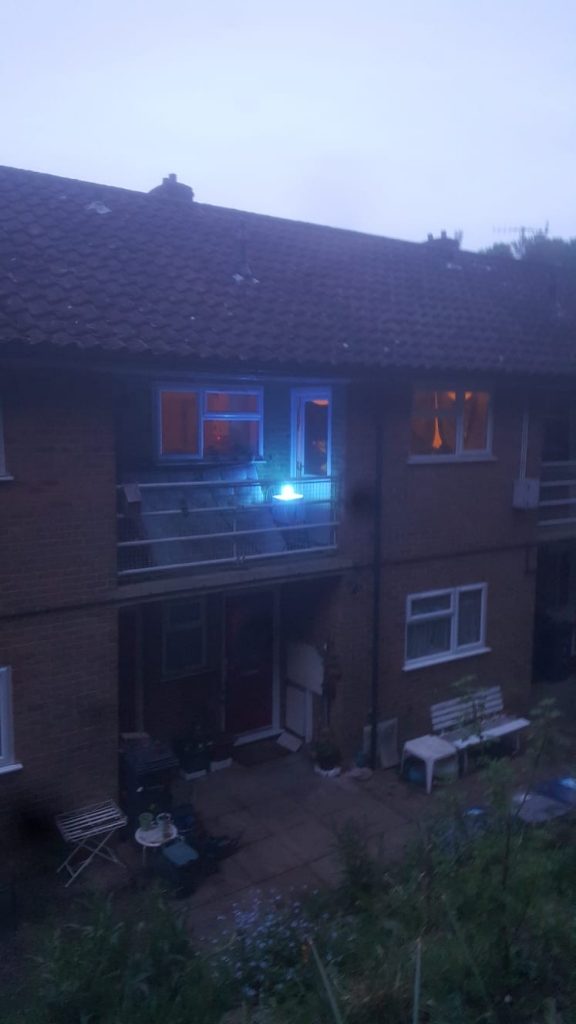
These traps have ultra violet bulbs that attract the moth in and they rest on egg boxes inside the trap, which you can then look the next morning when most moths are less active and then release them later in the day. It is one of the great mysteries of nature why moths are attracted to any light, including ultra violet light. Still to this day there has been no scientific explanation to this behaviour and I think this adds to moths almost mythical status.
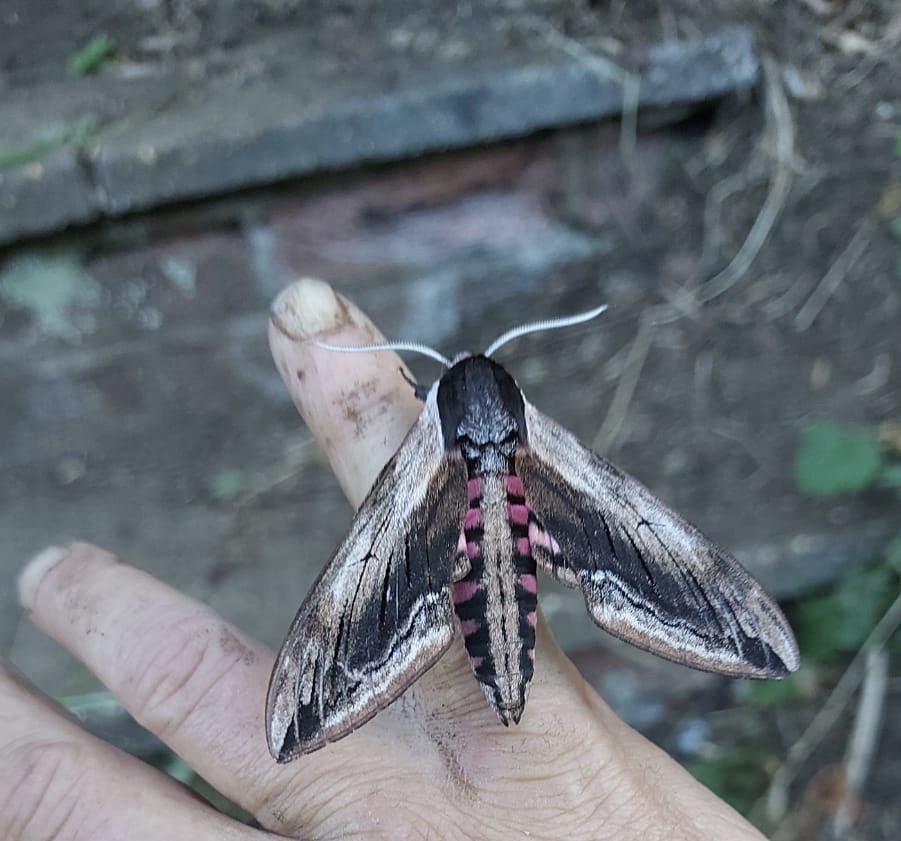
Next time you see a moth it’s probably worth having a closer look as you never know what you may find and you could be pleasantly surprised at what you see. As always nature can surprise you sometimes.

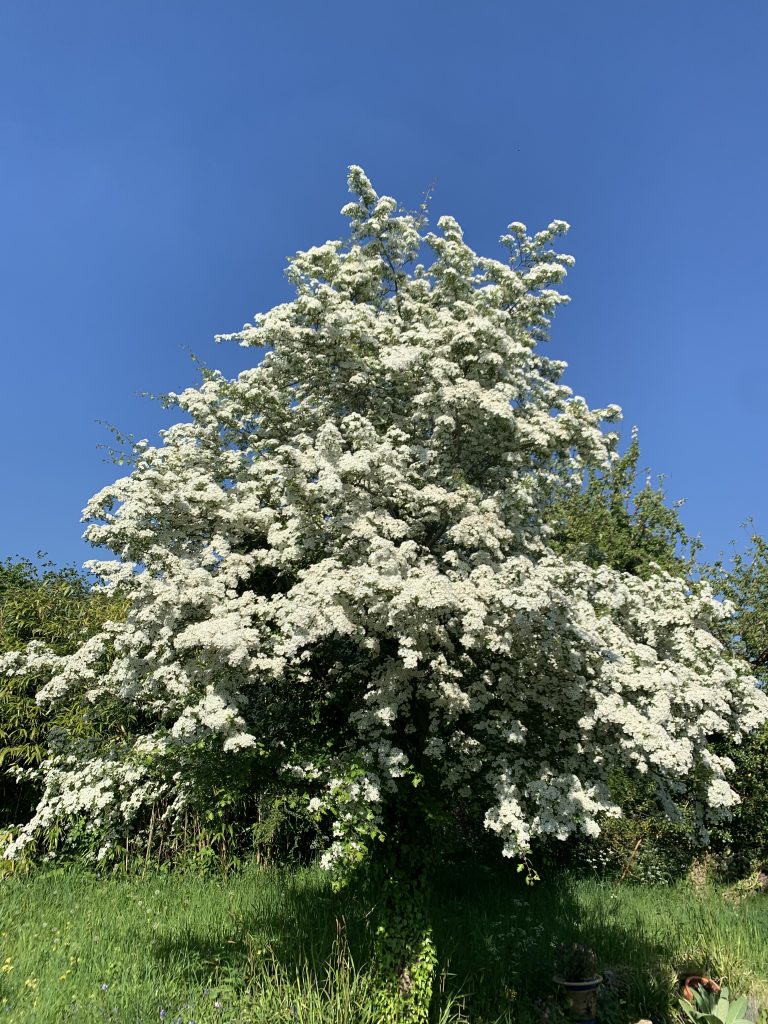

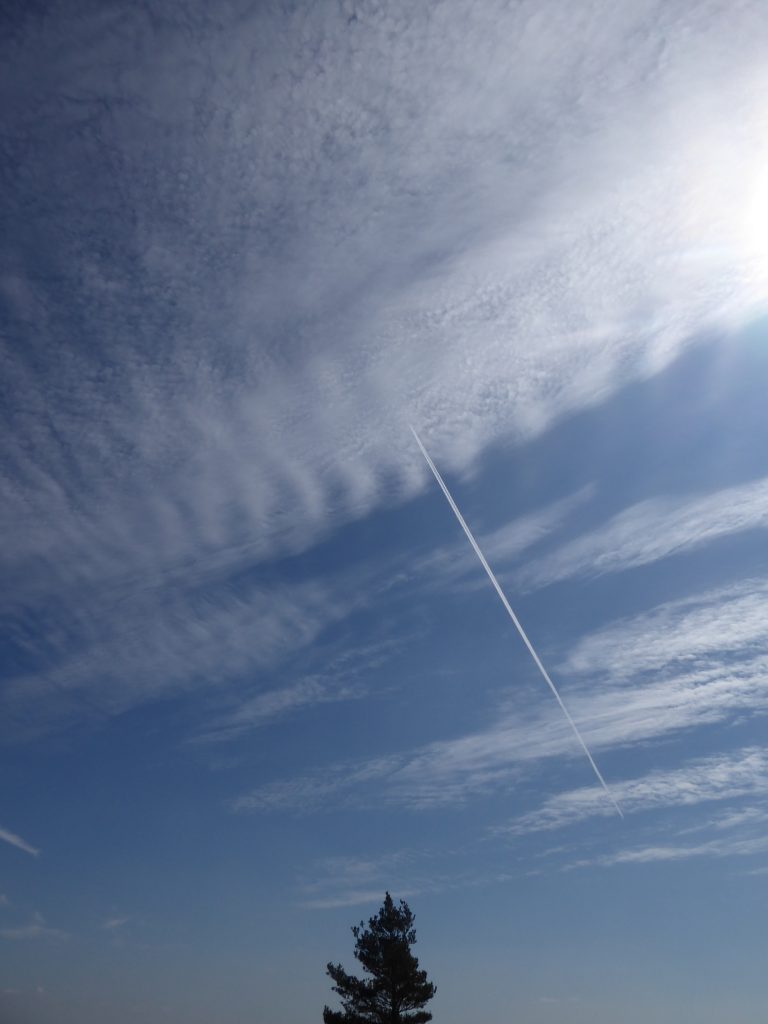
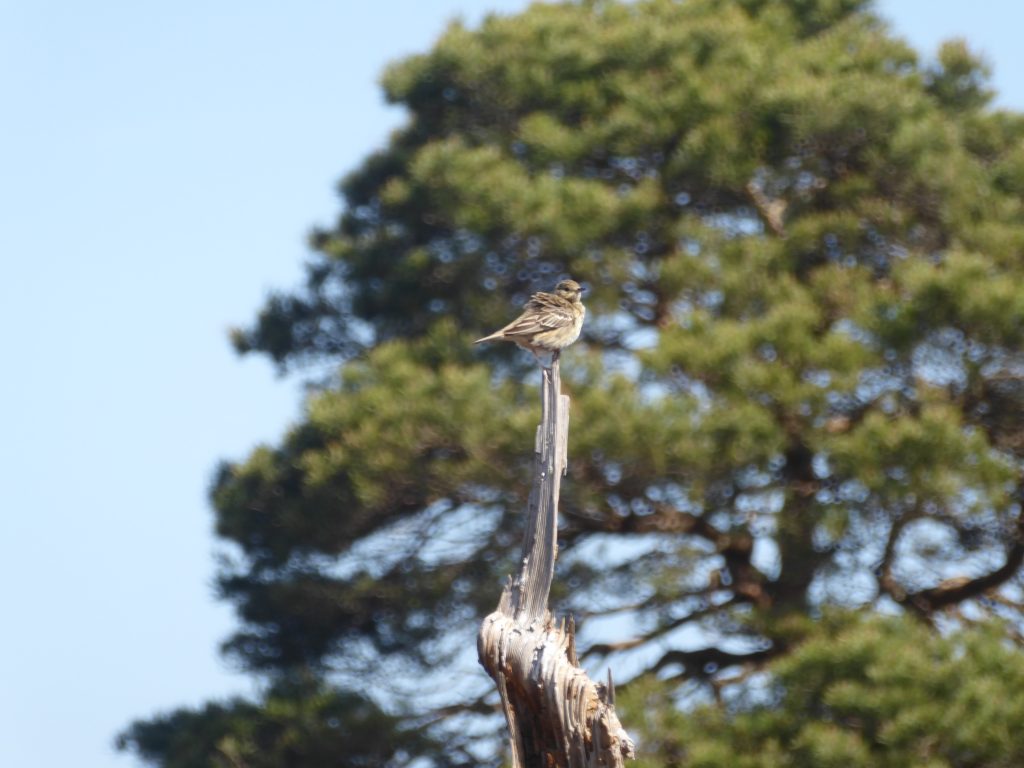

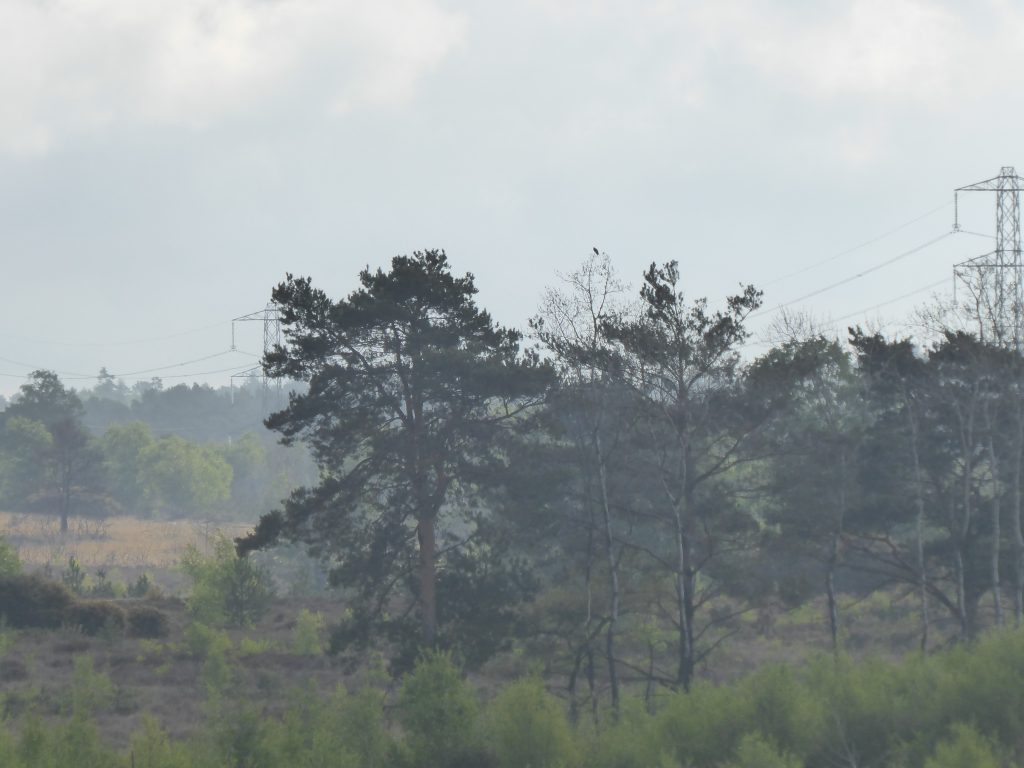
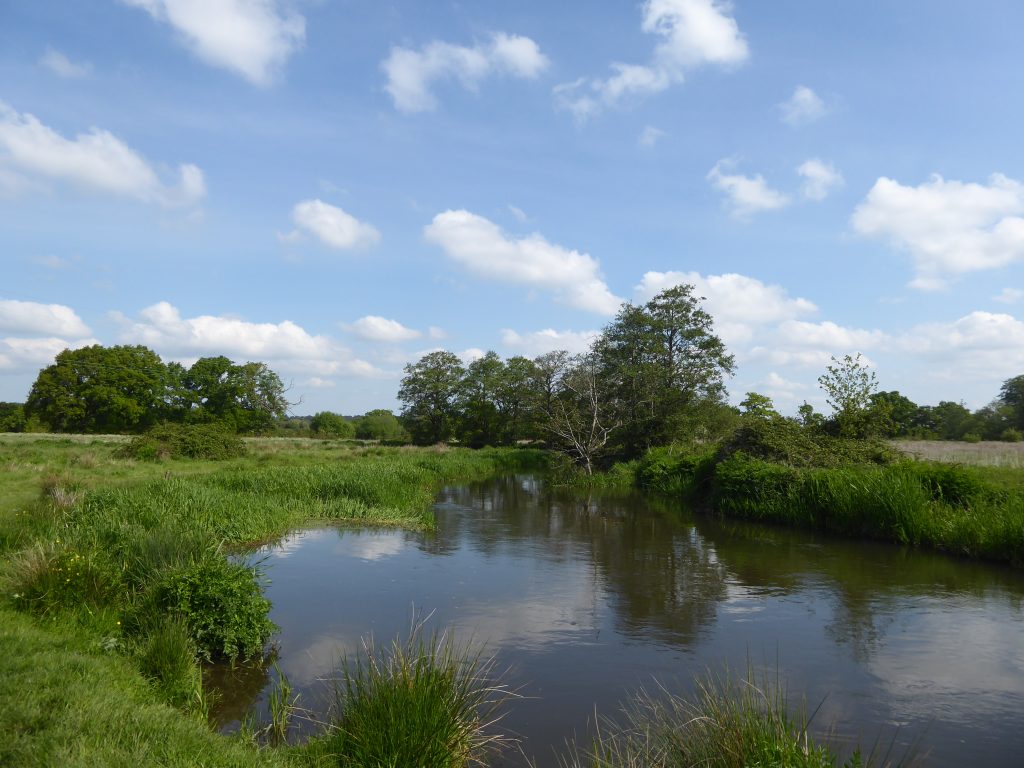
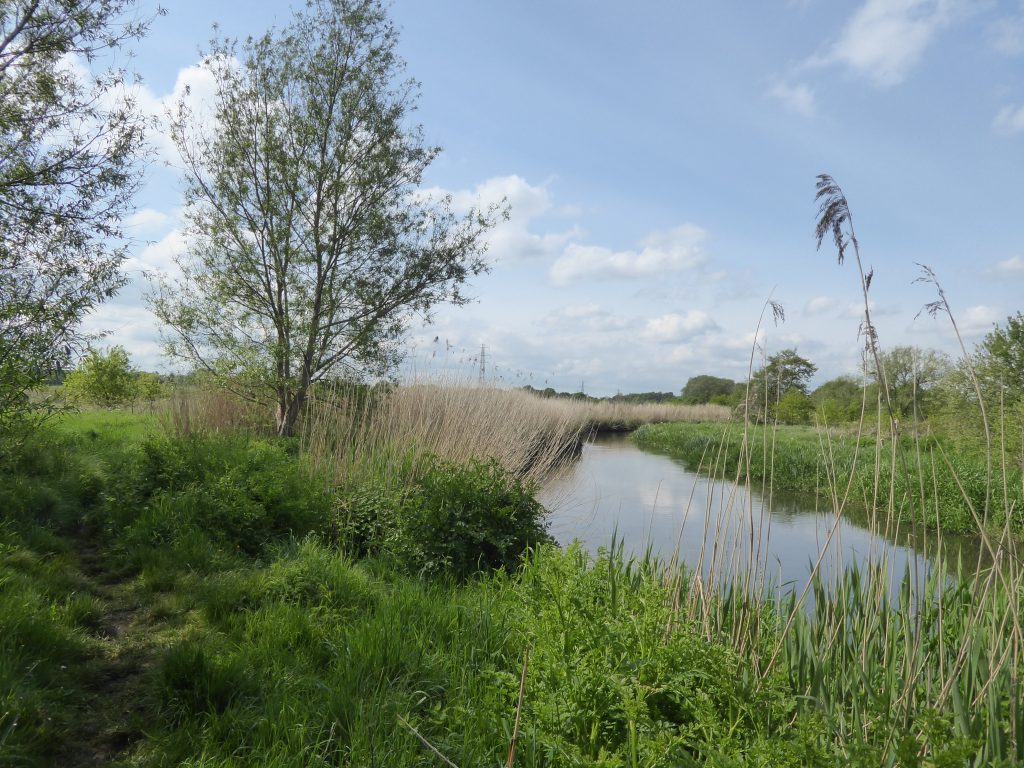
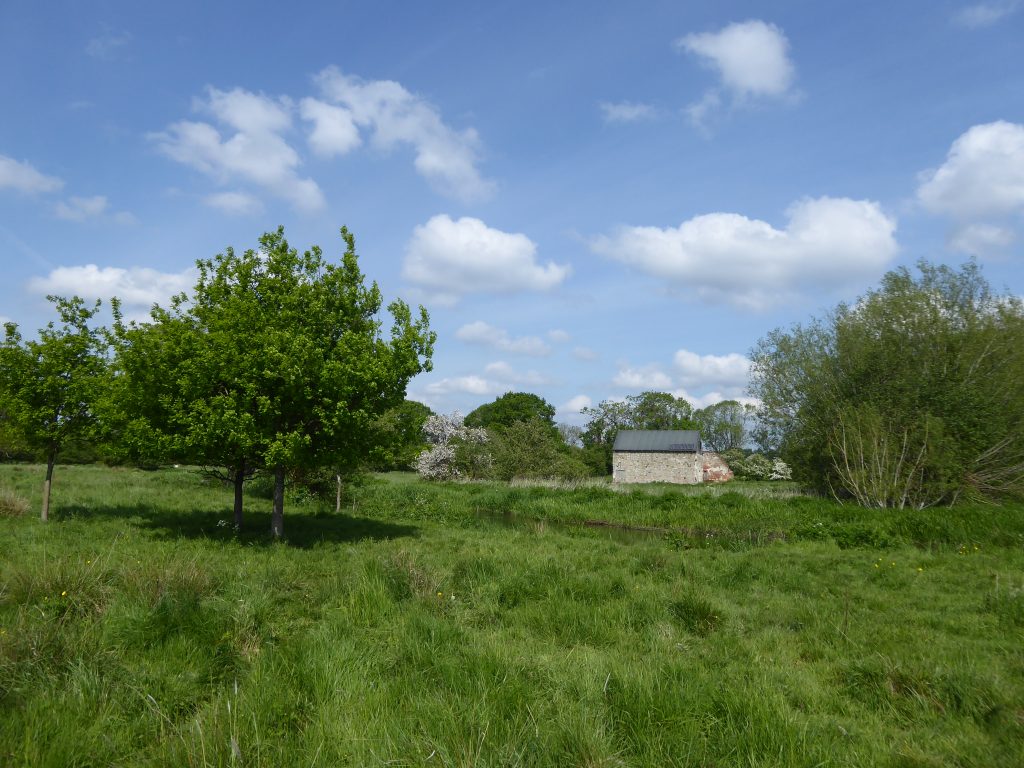
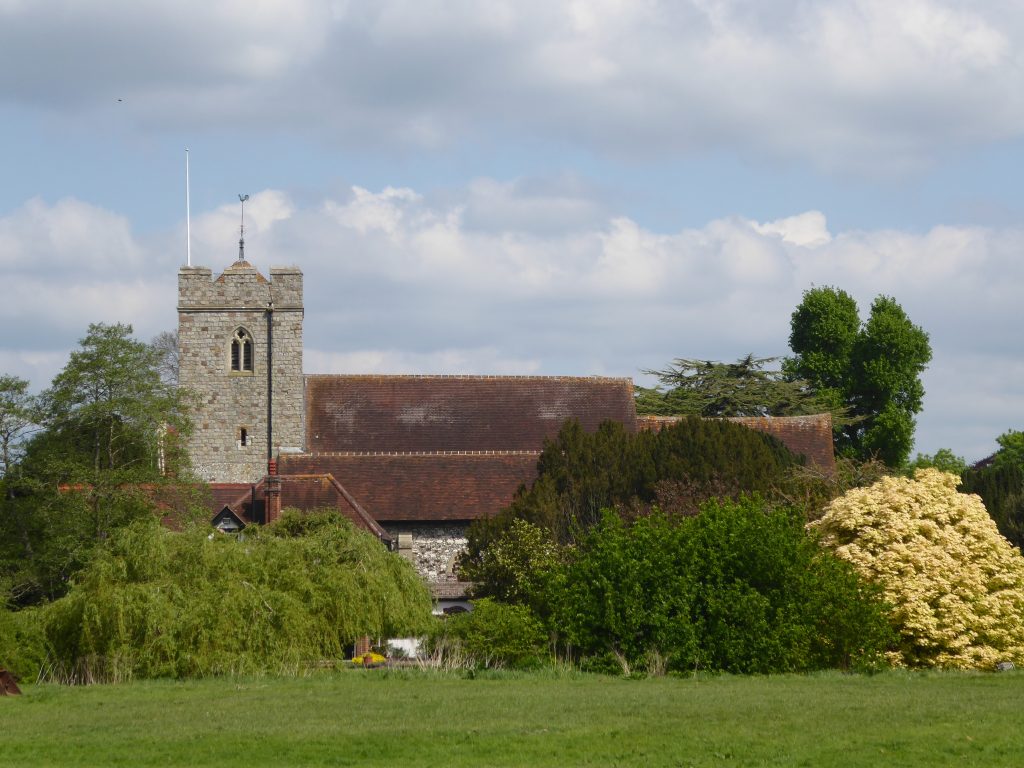
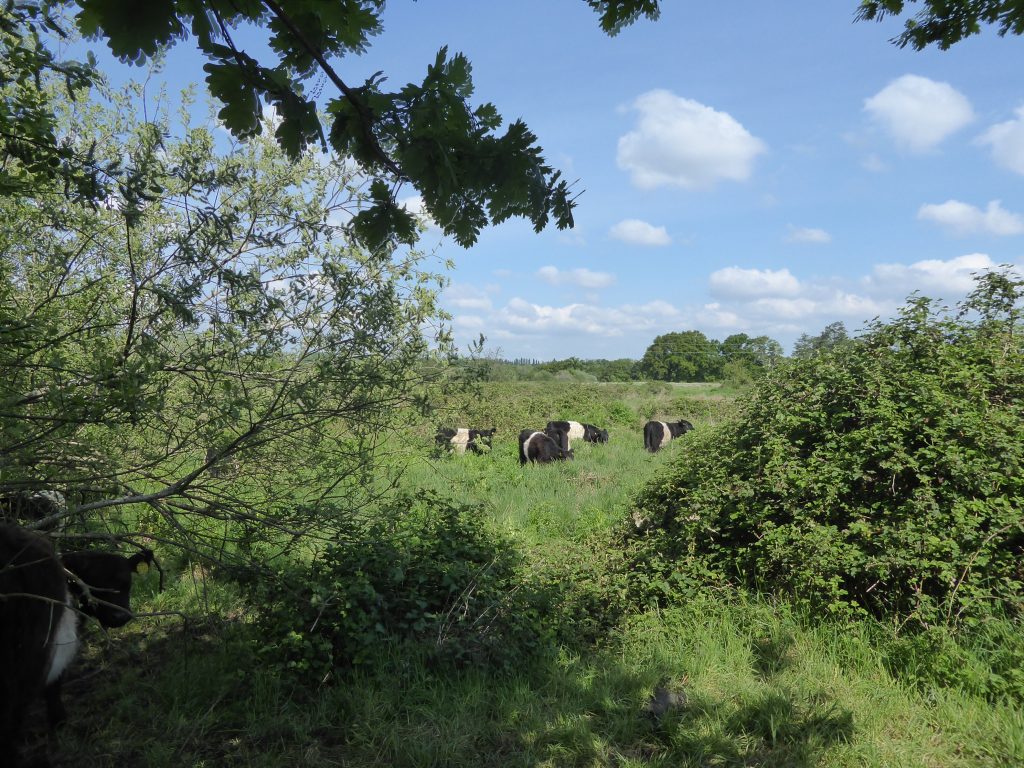
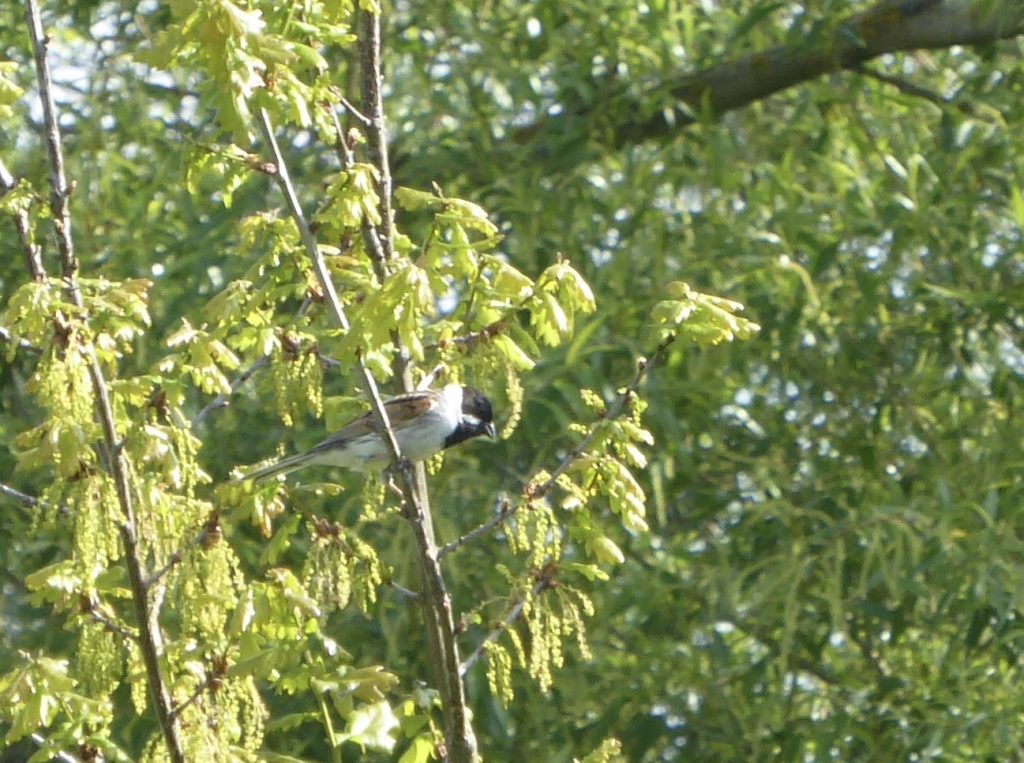
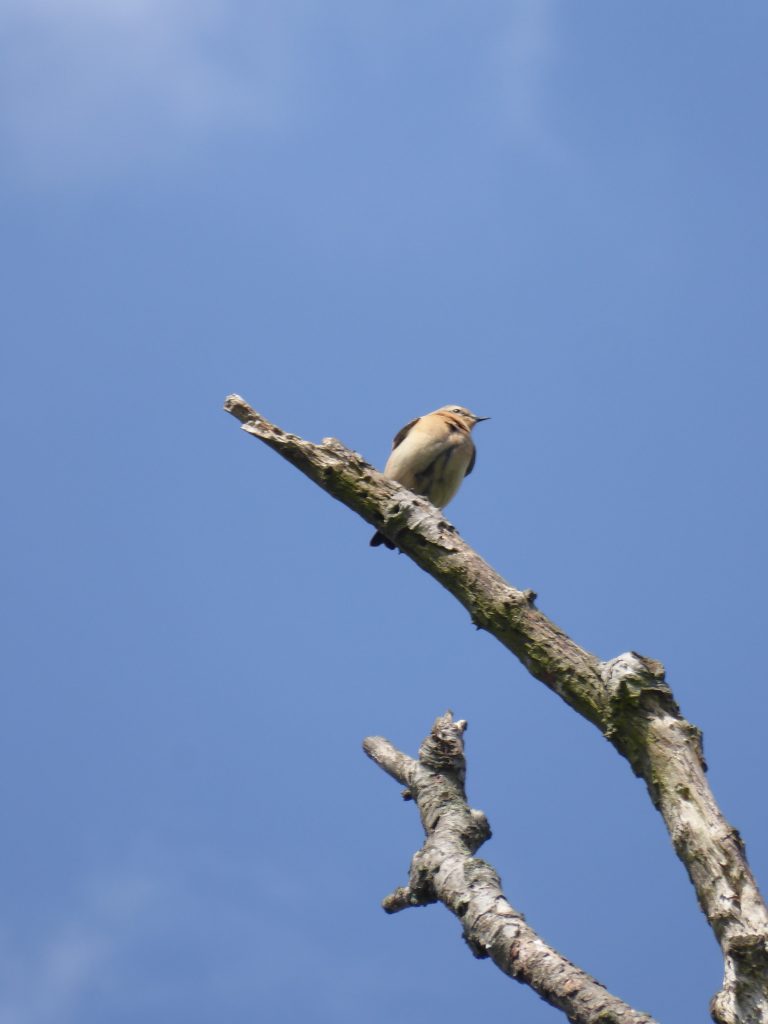
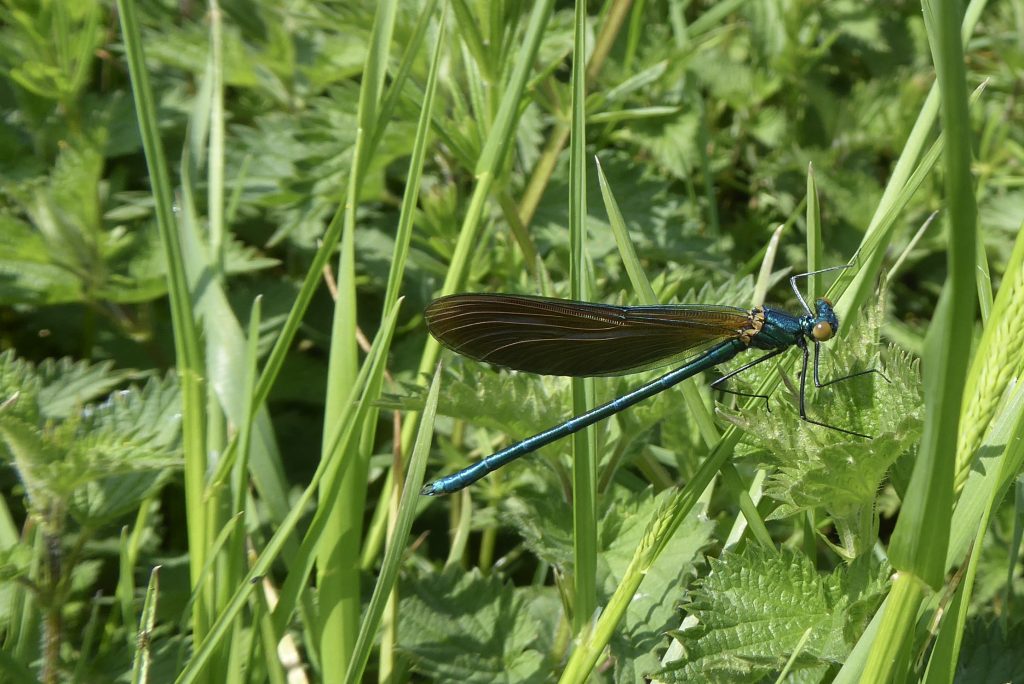
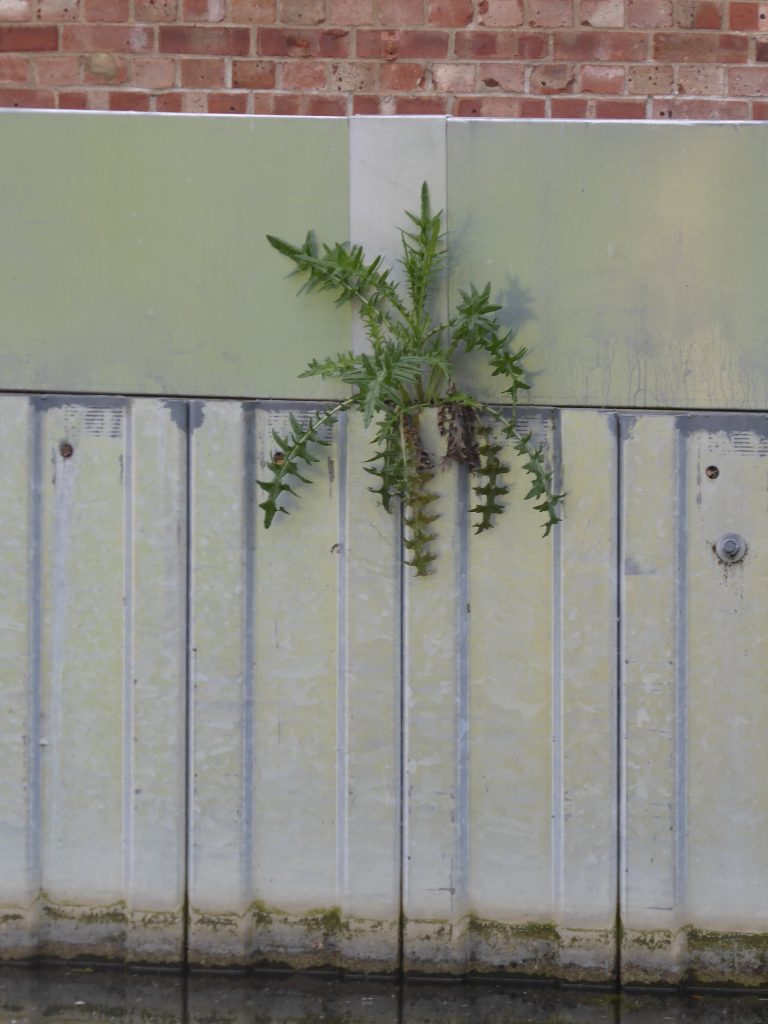
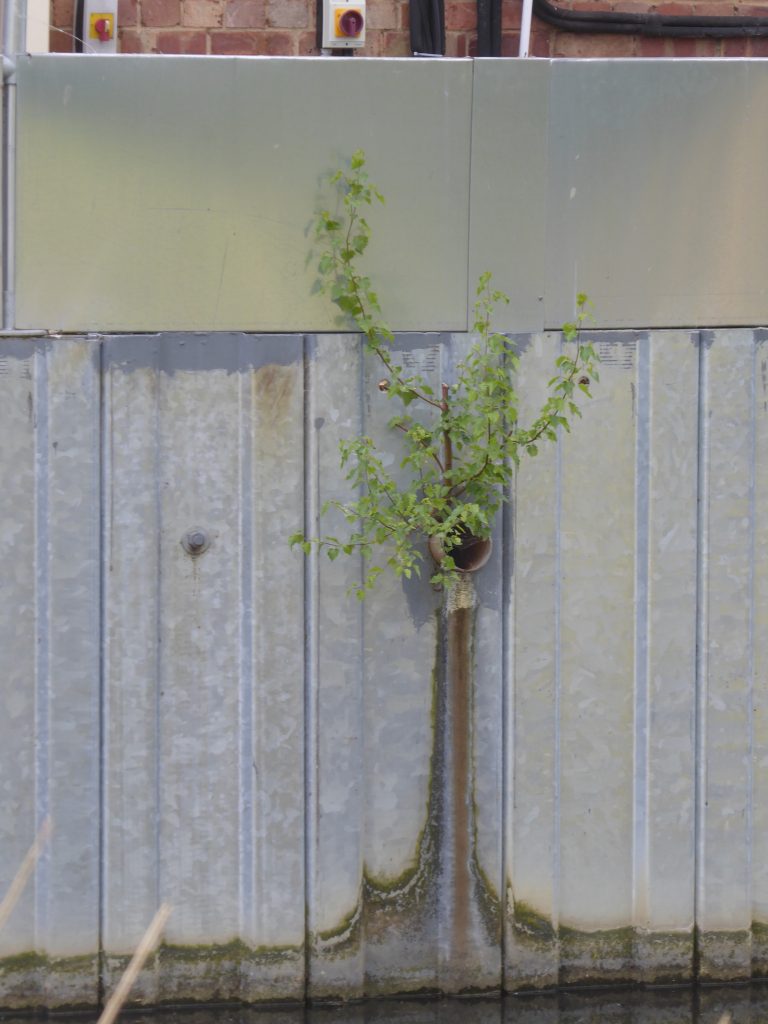
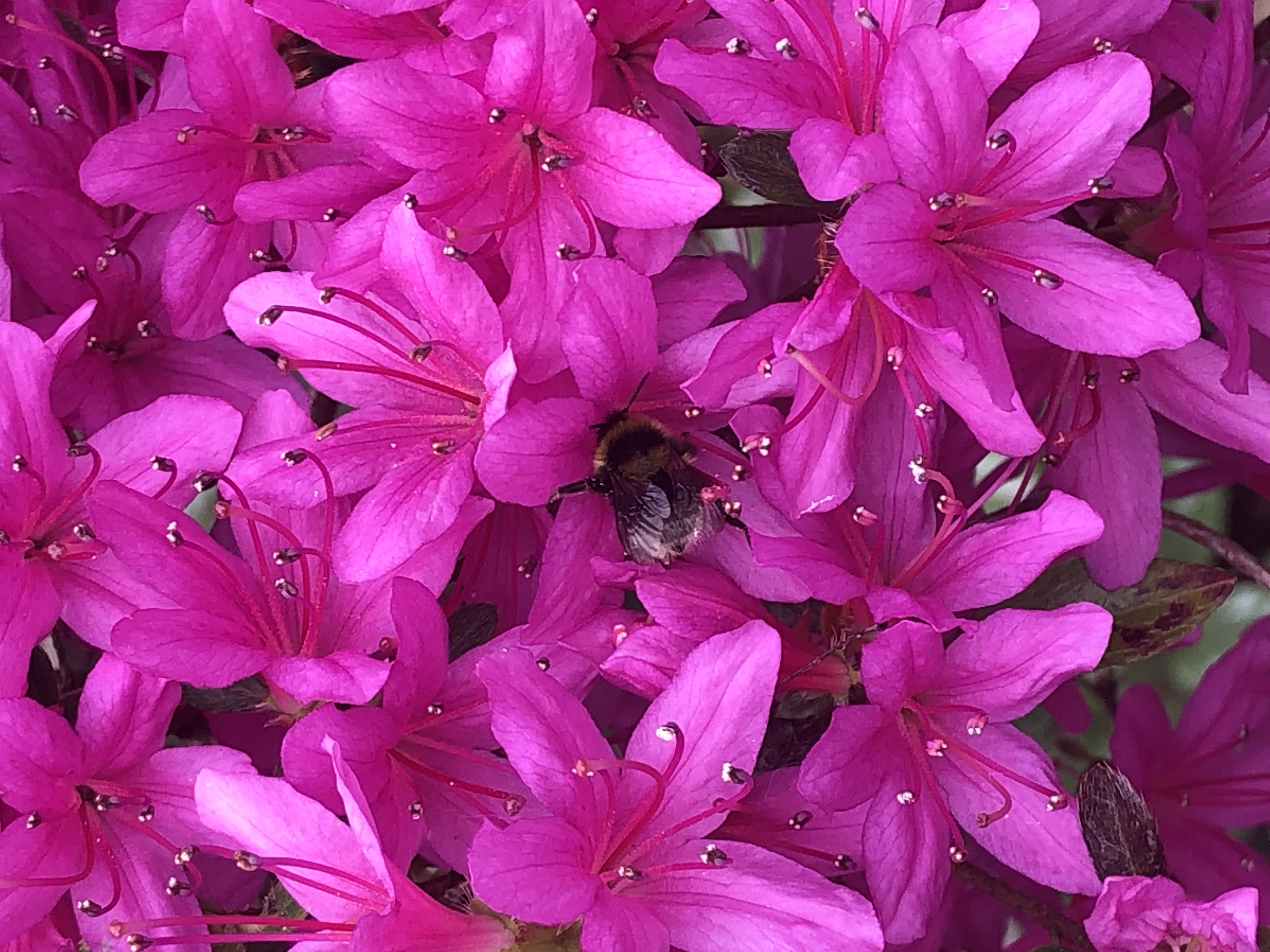
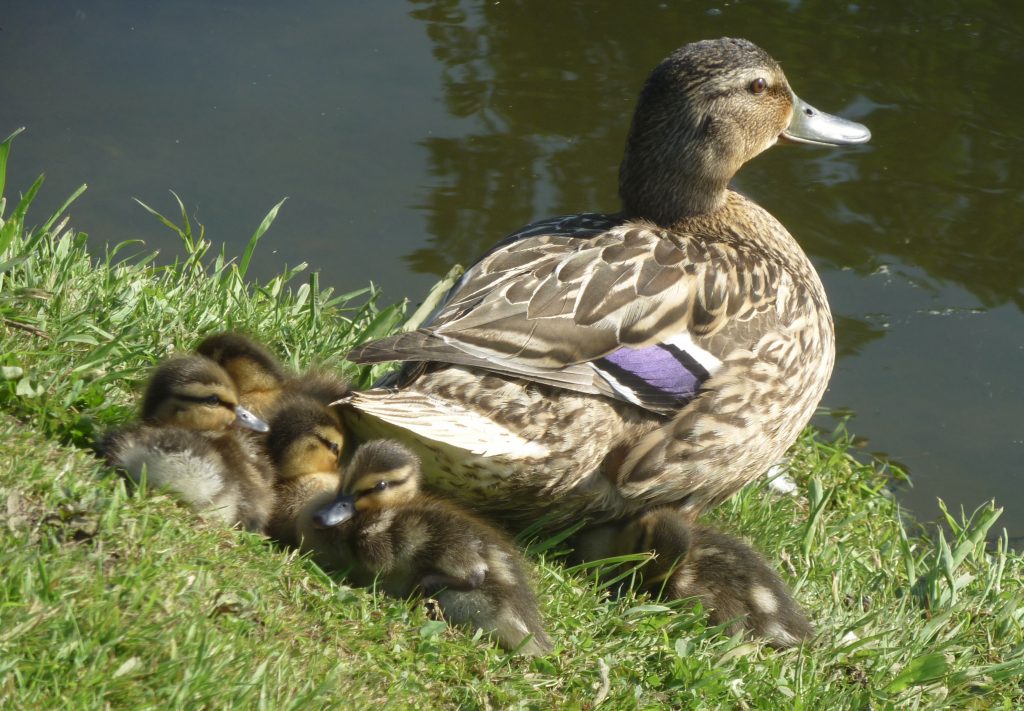
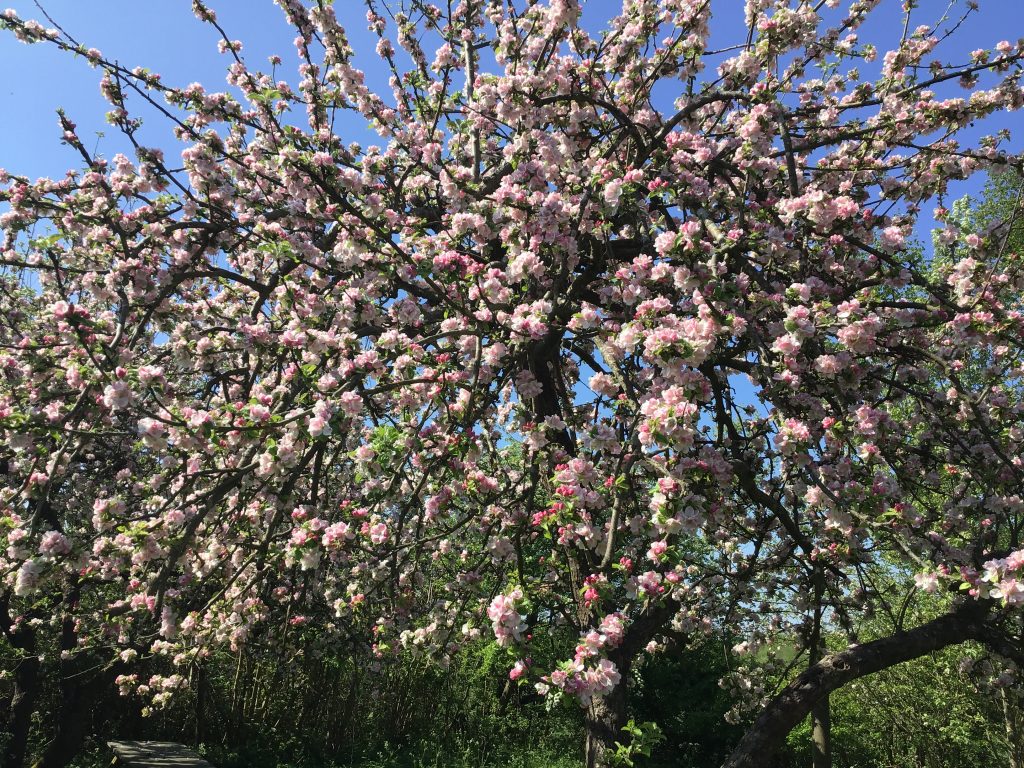
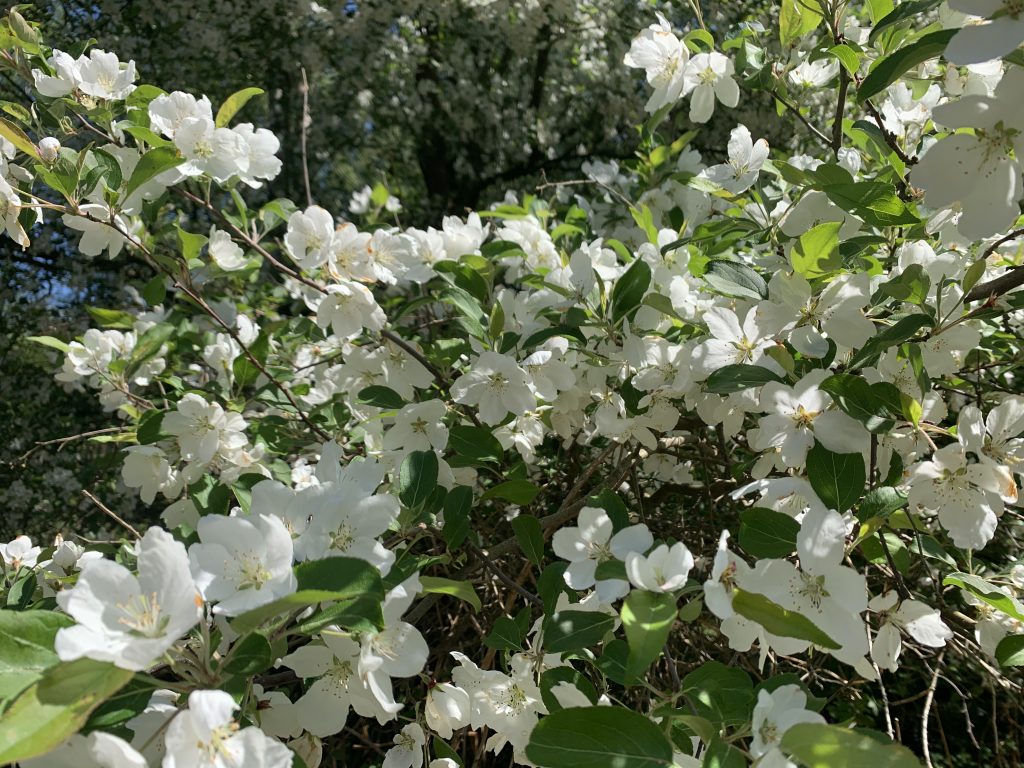 In this moment I realised that there is always hope for the future whatever happens after this current crisis we are all currently experiencing.
In this moment I realised that there is always hope for the future whatever happens after this current crisis we are all currently experiencing.